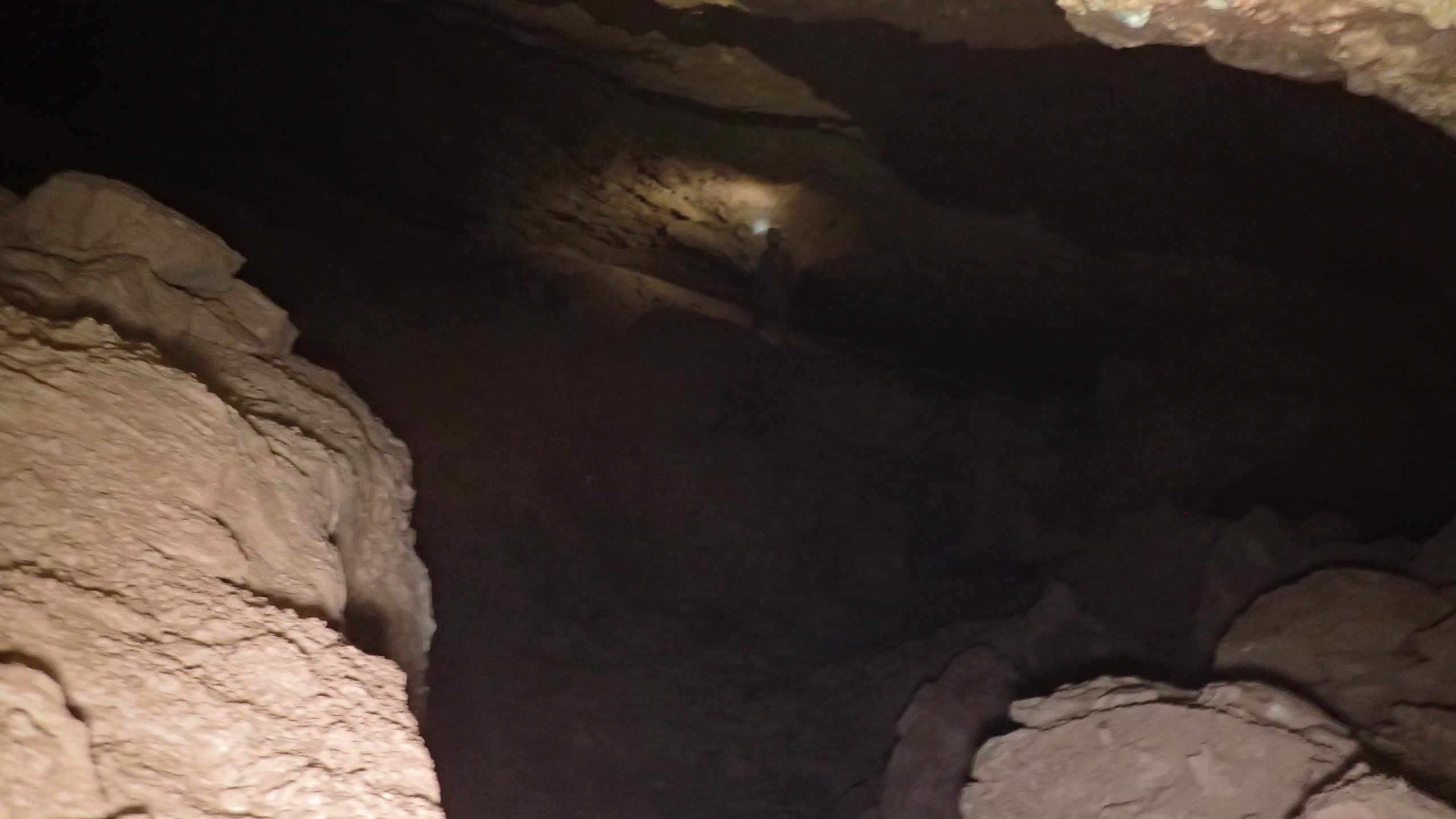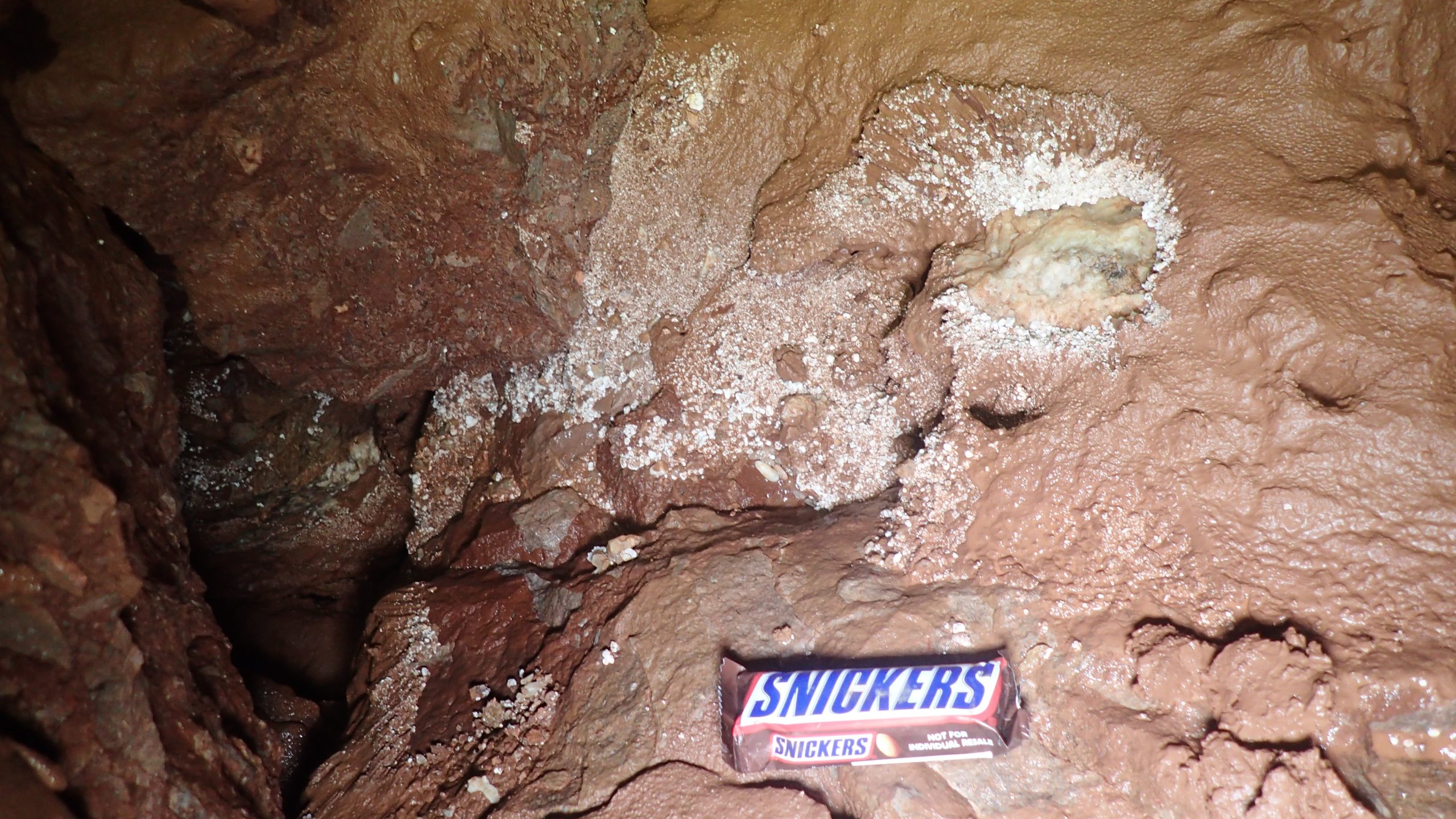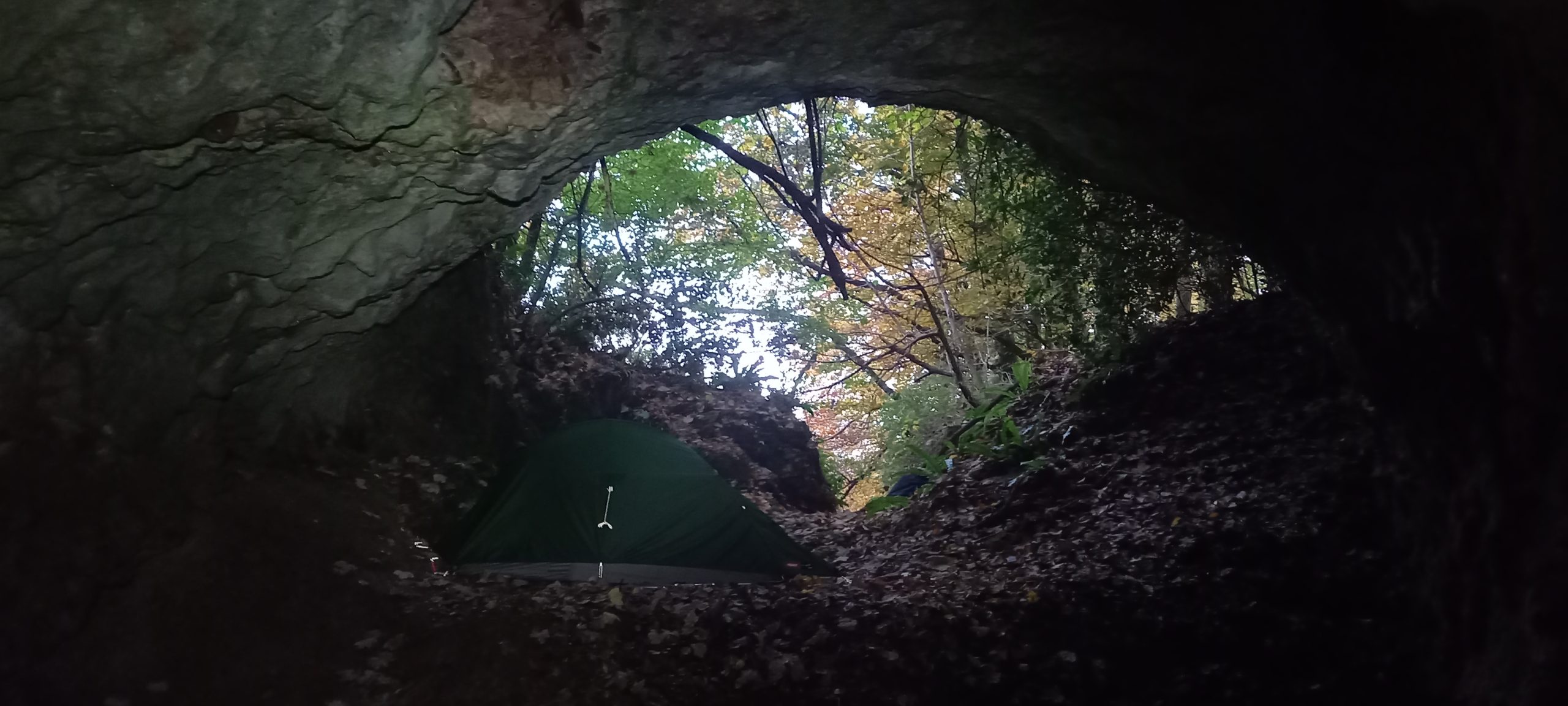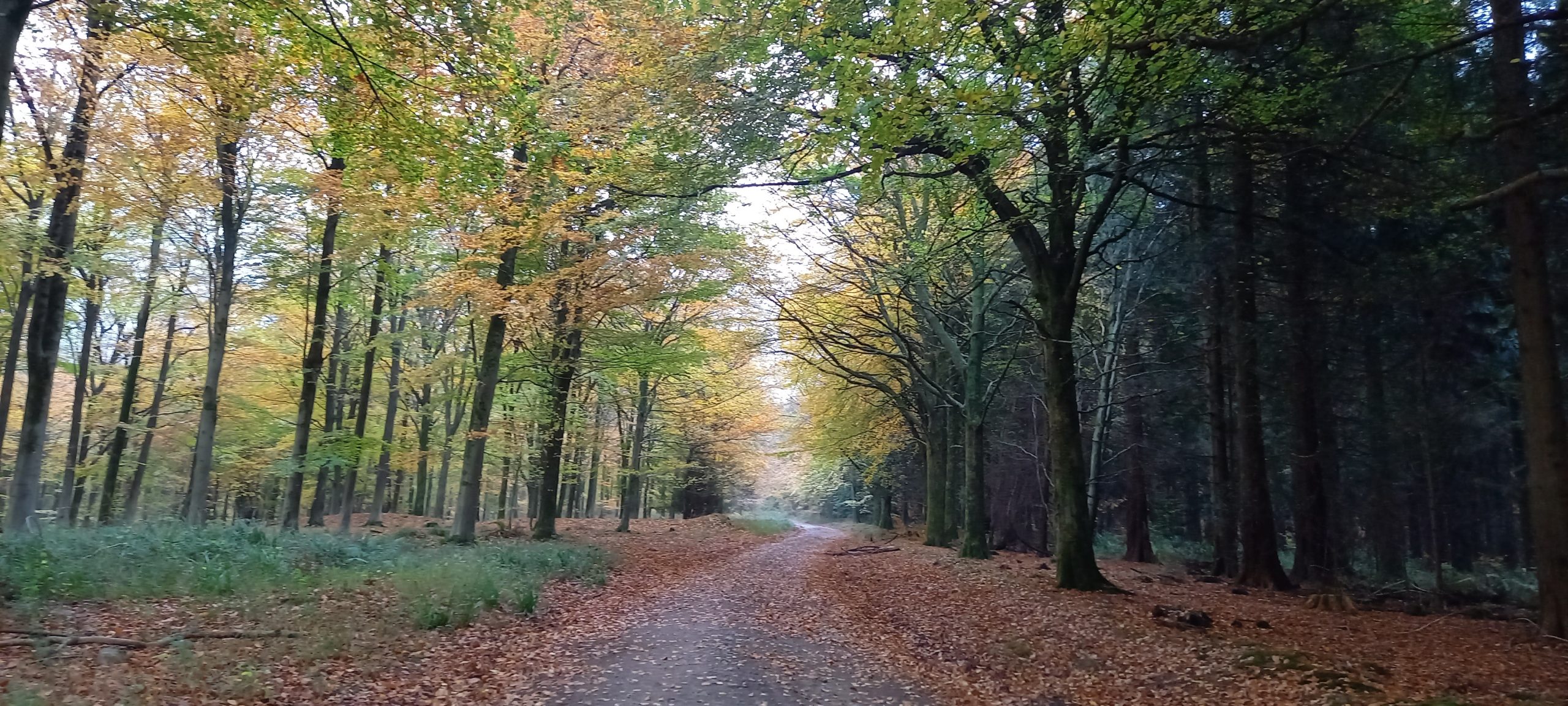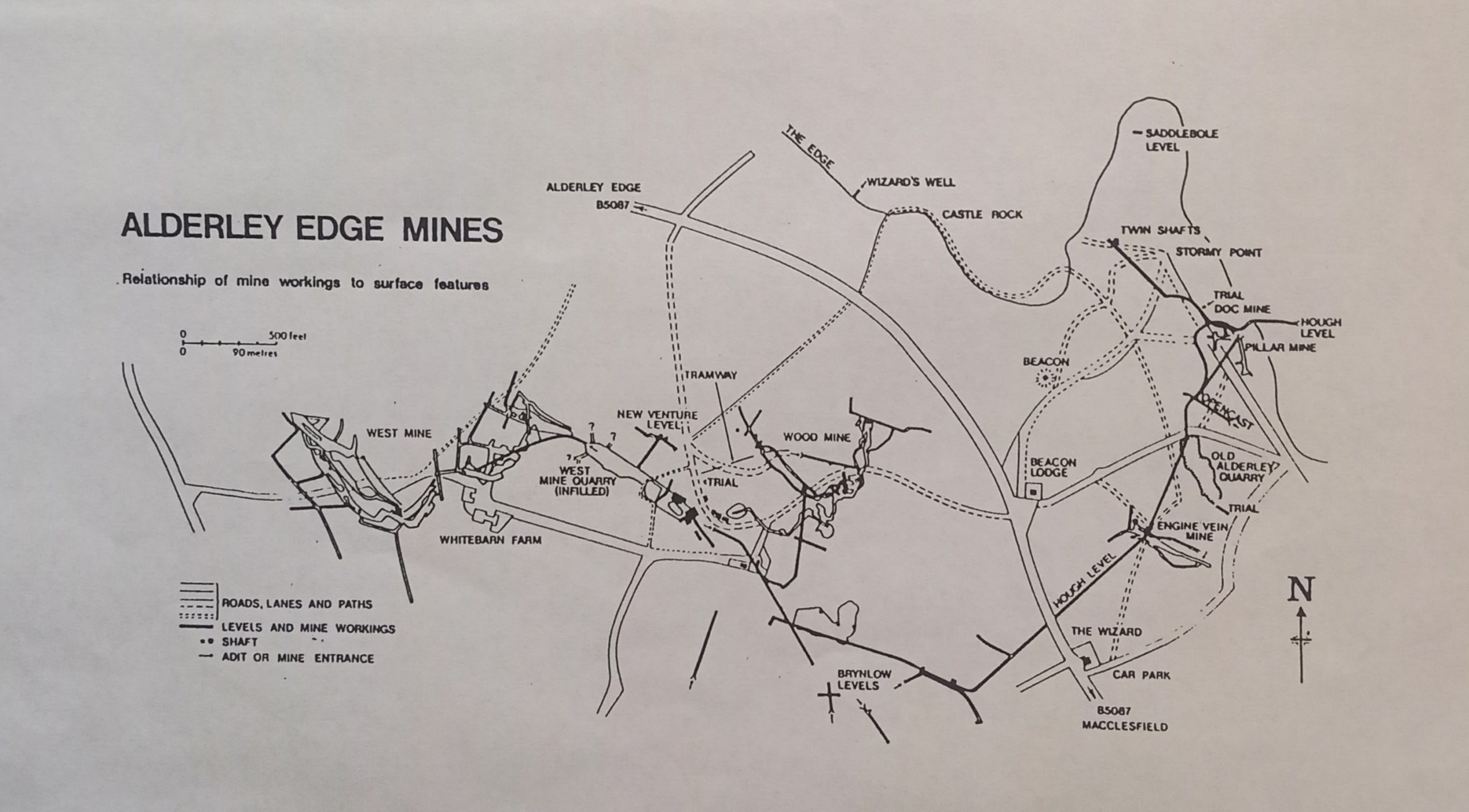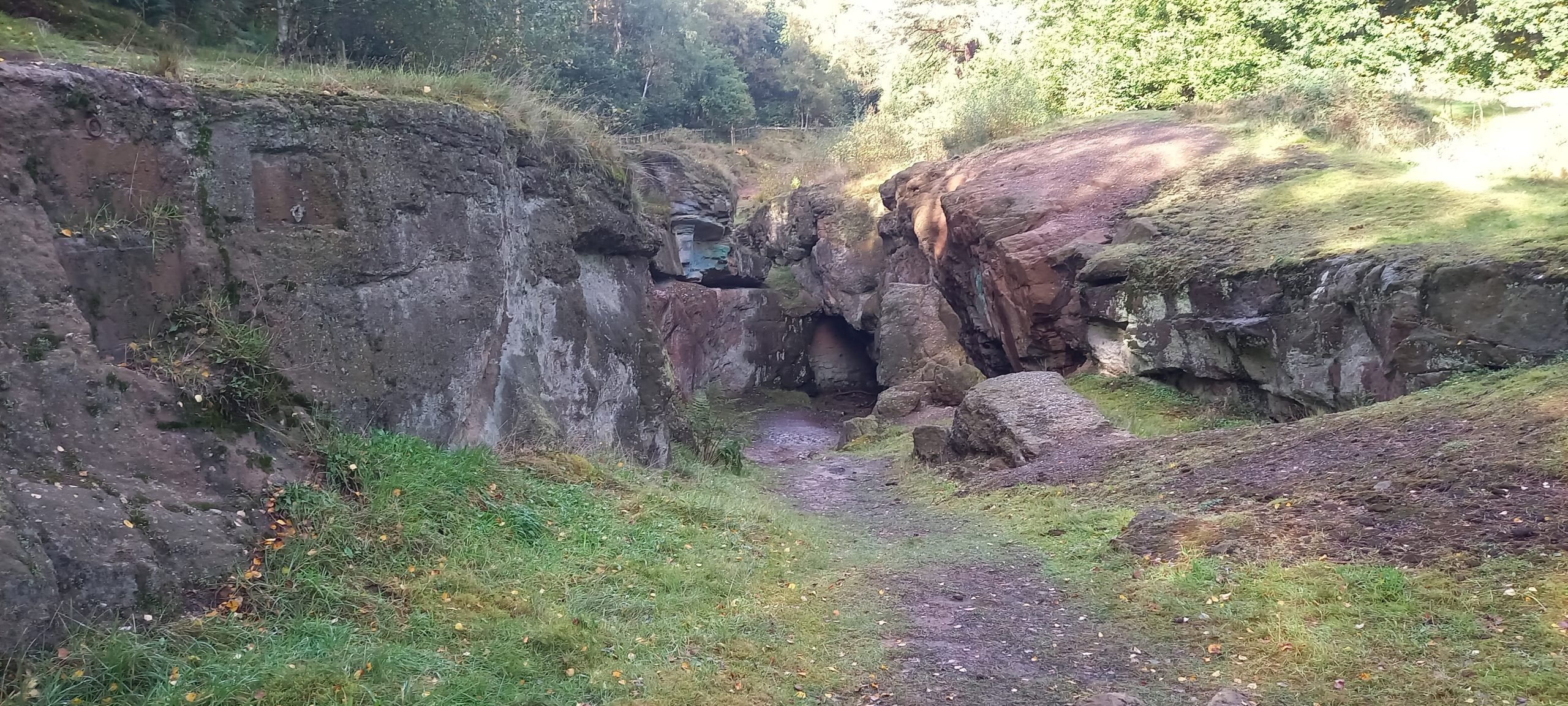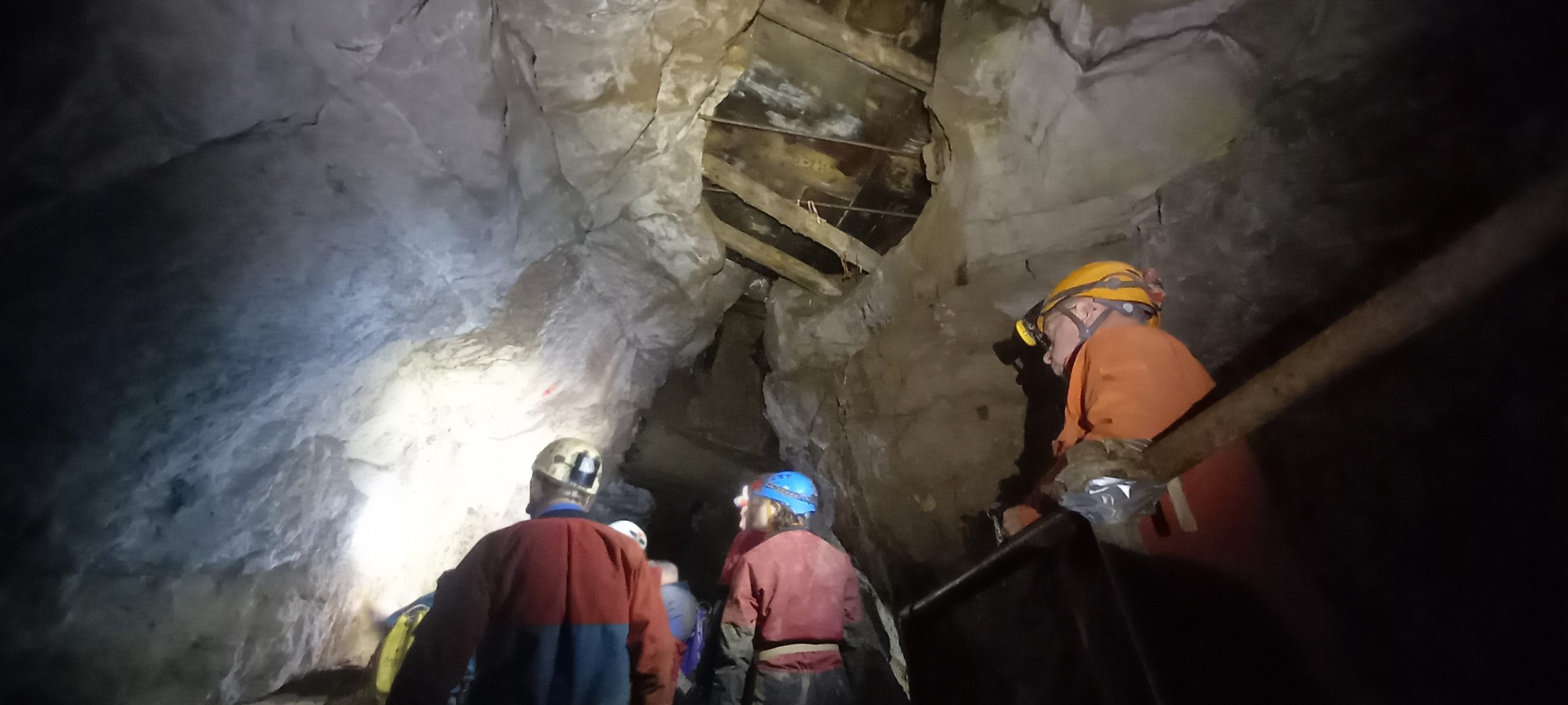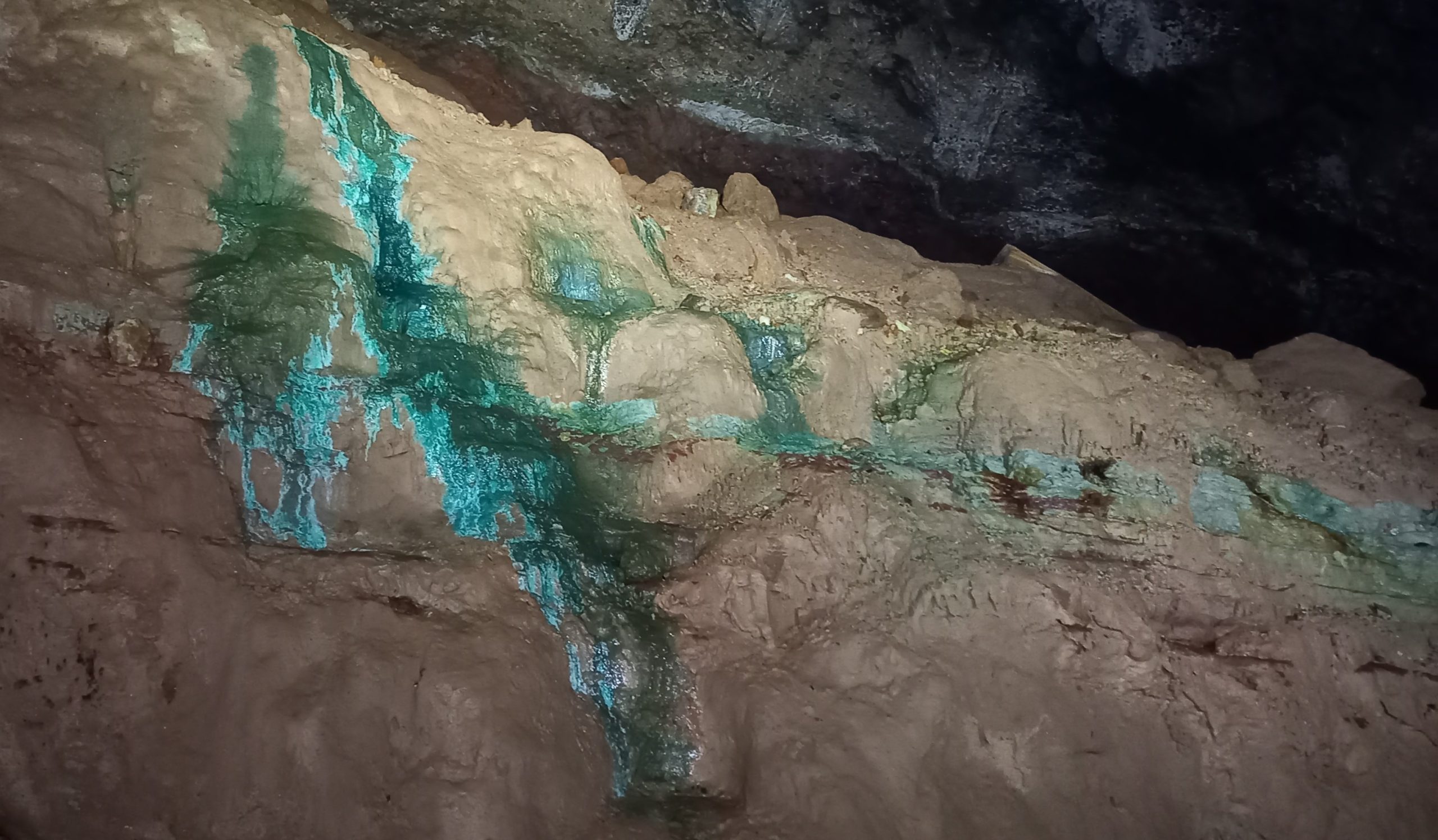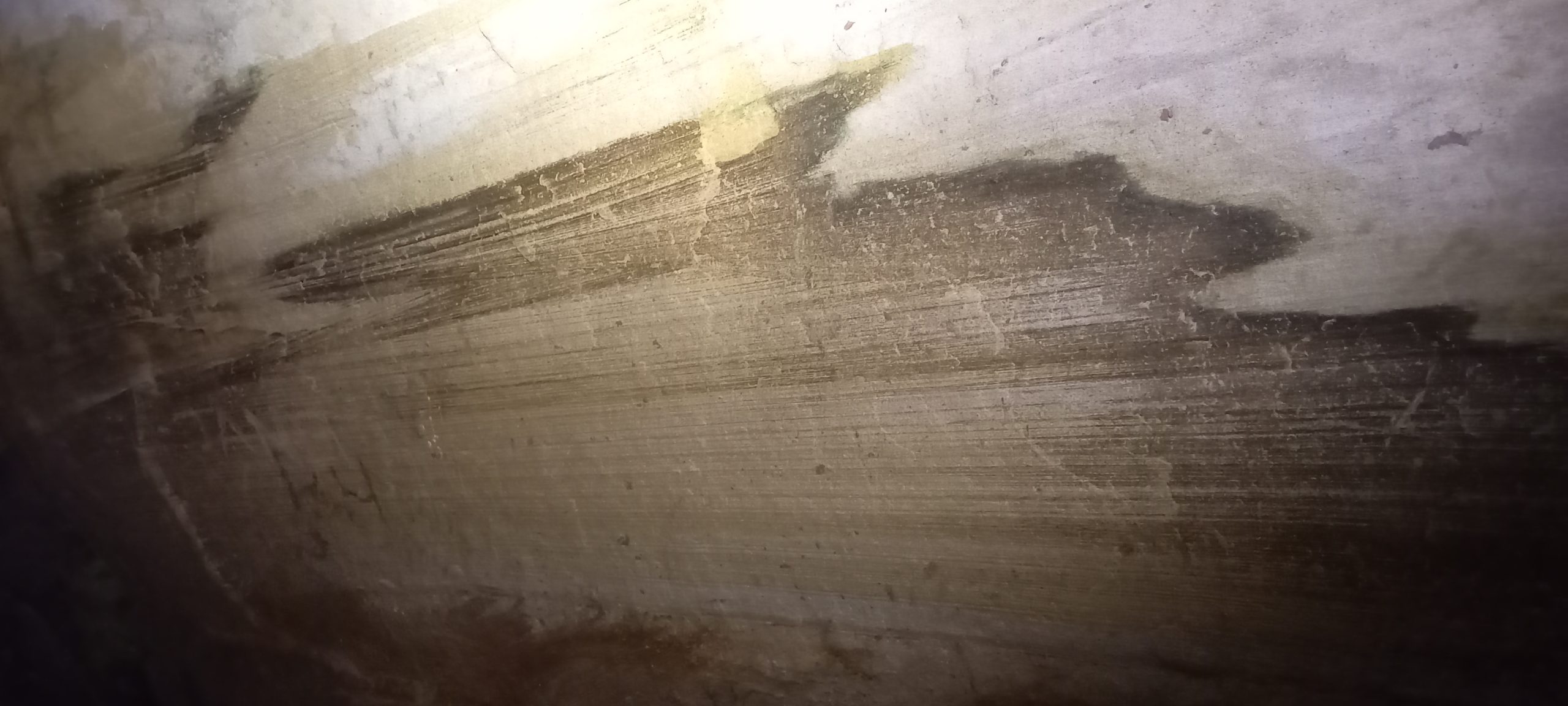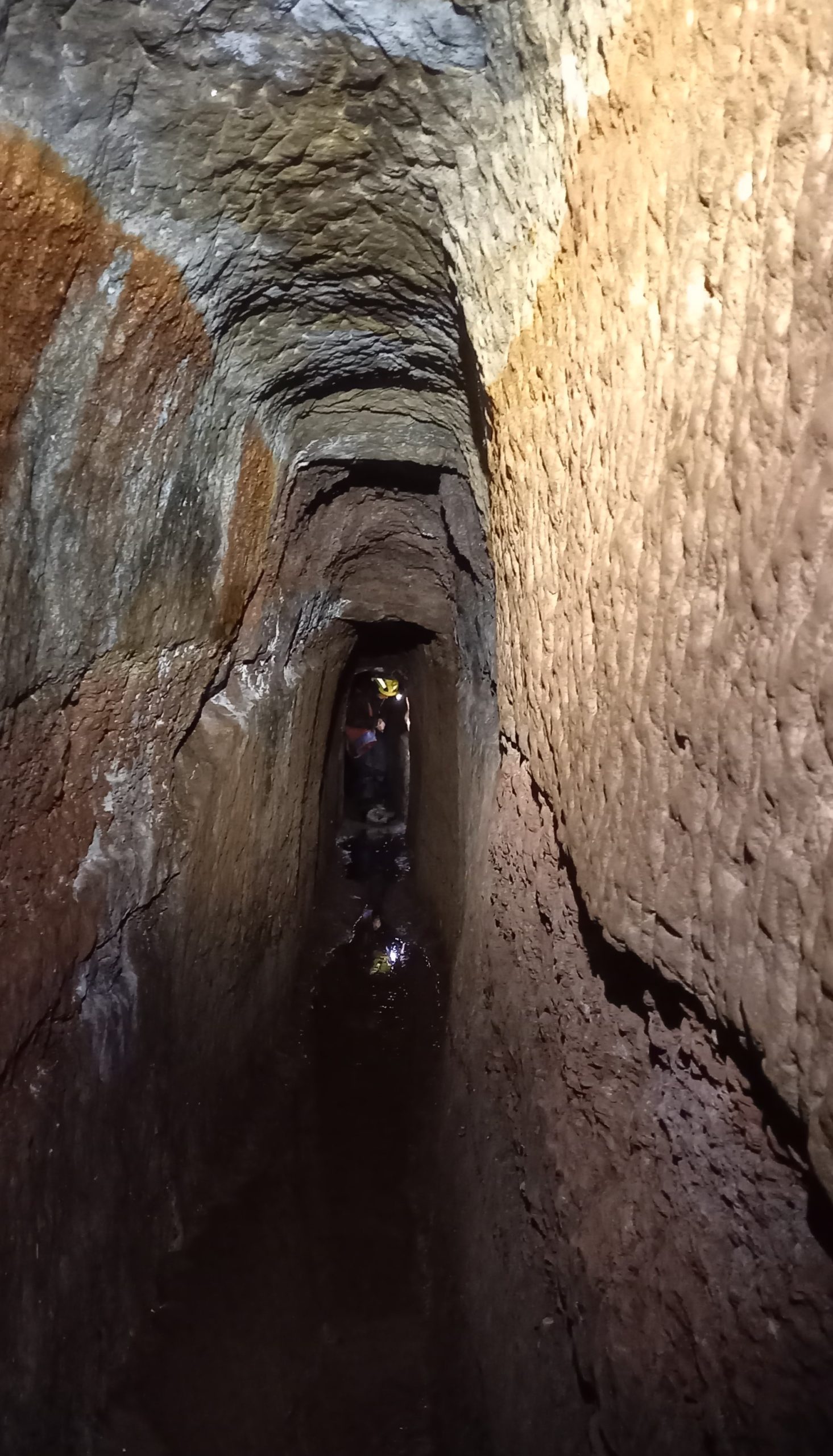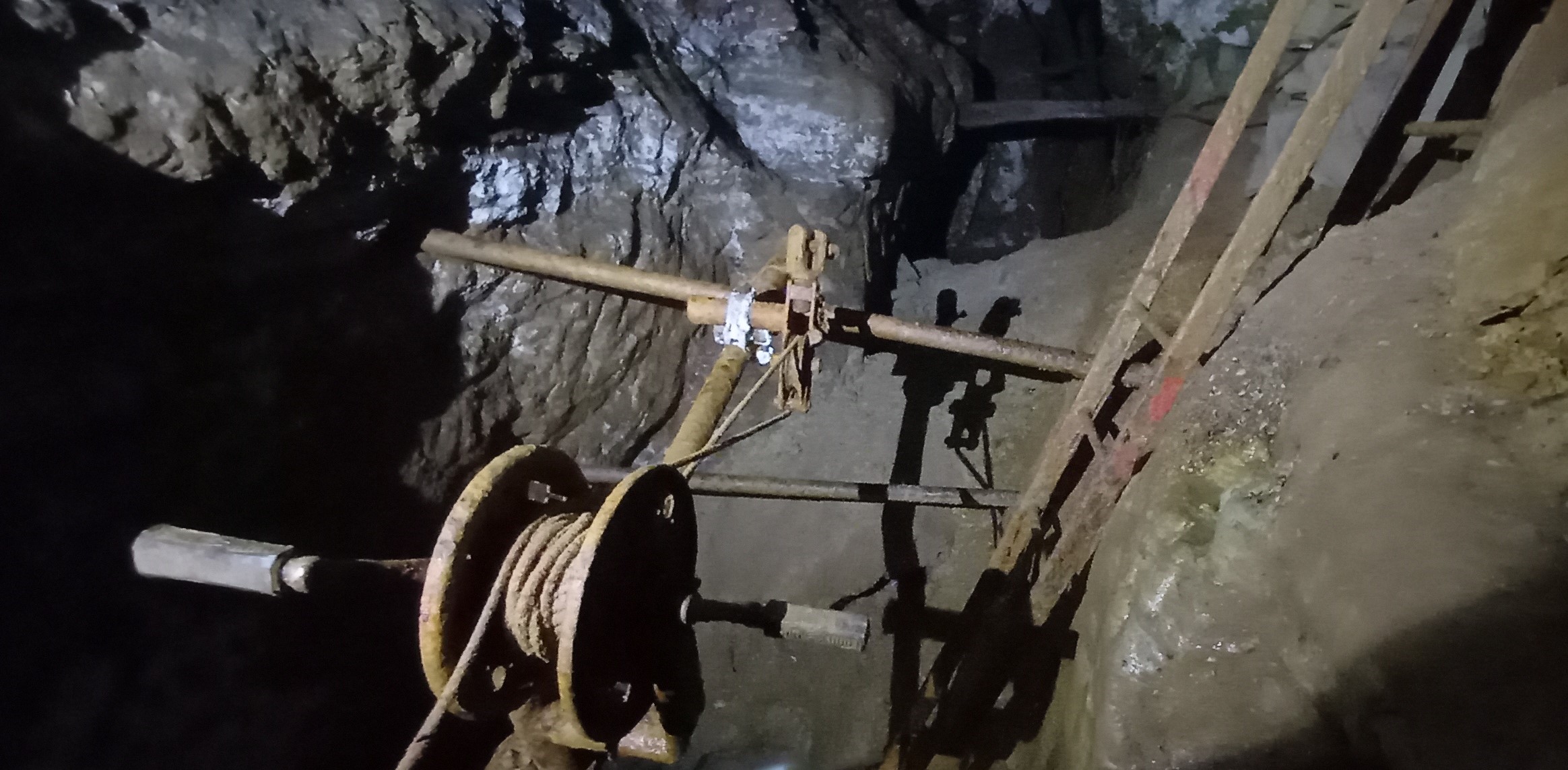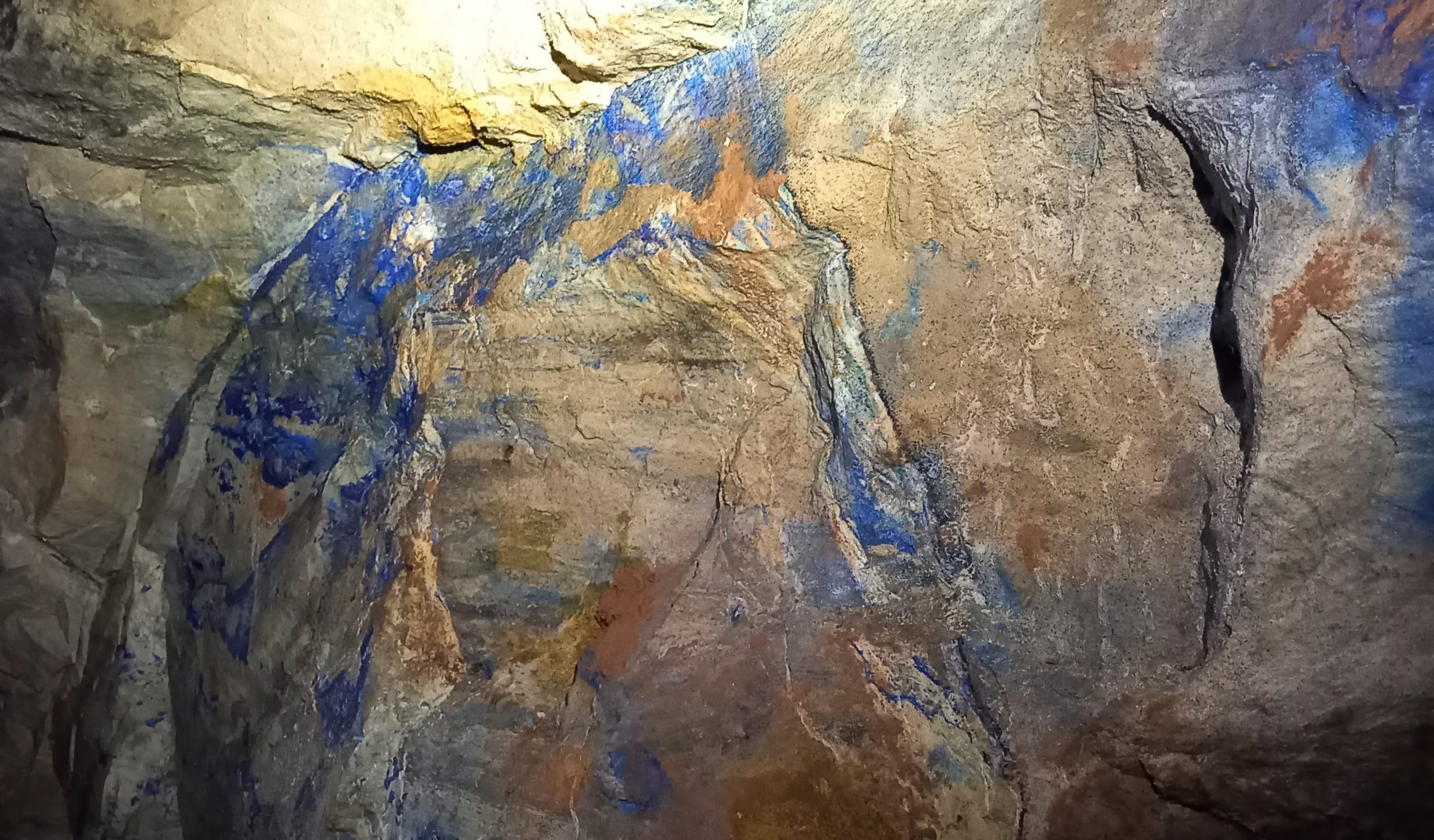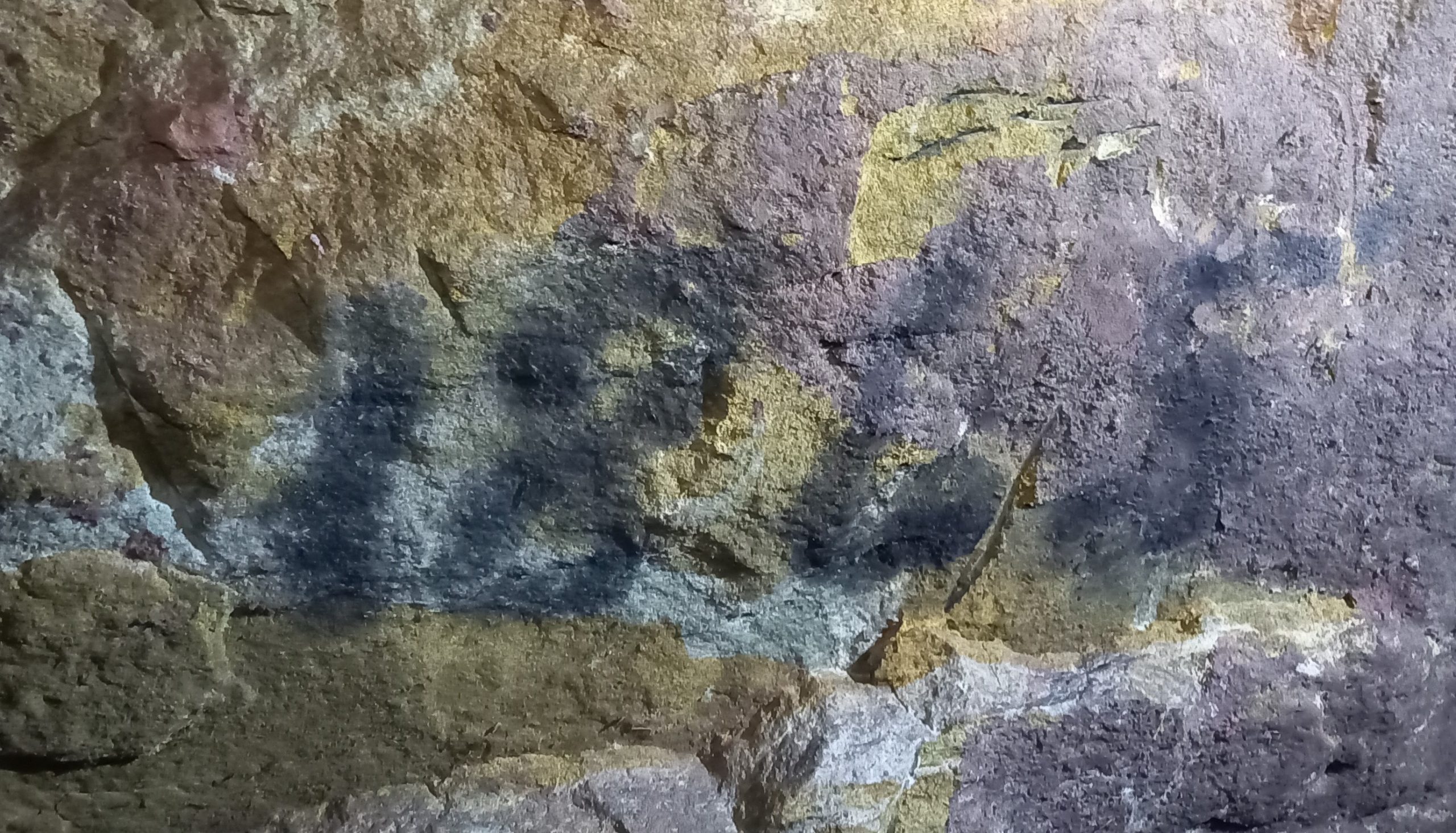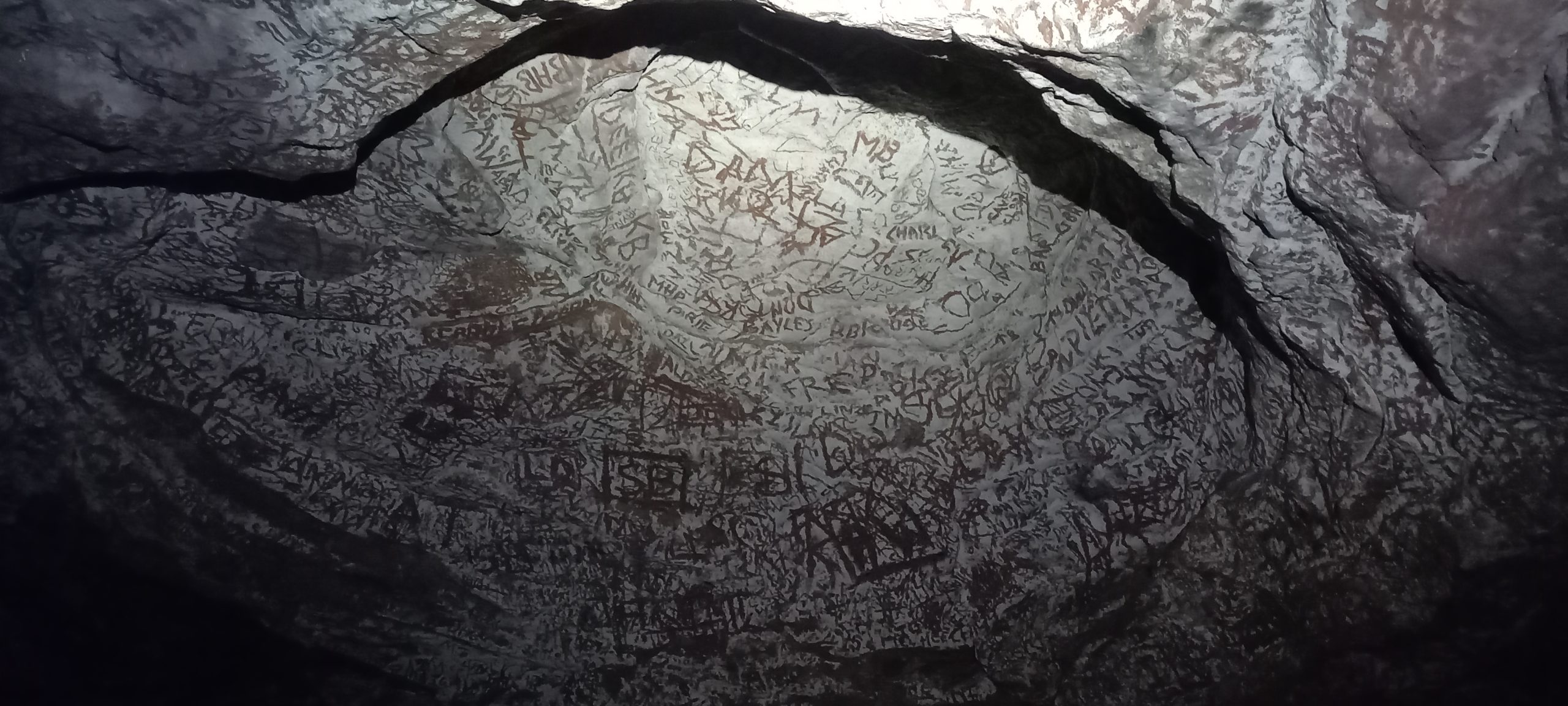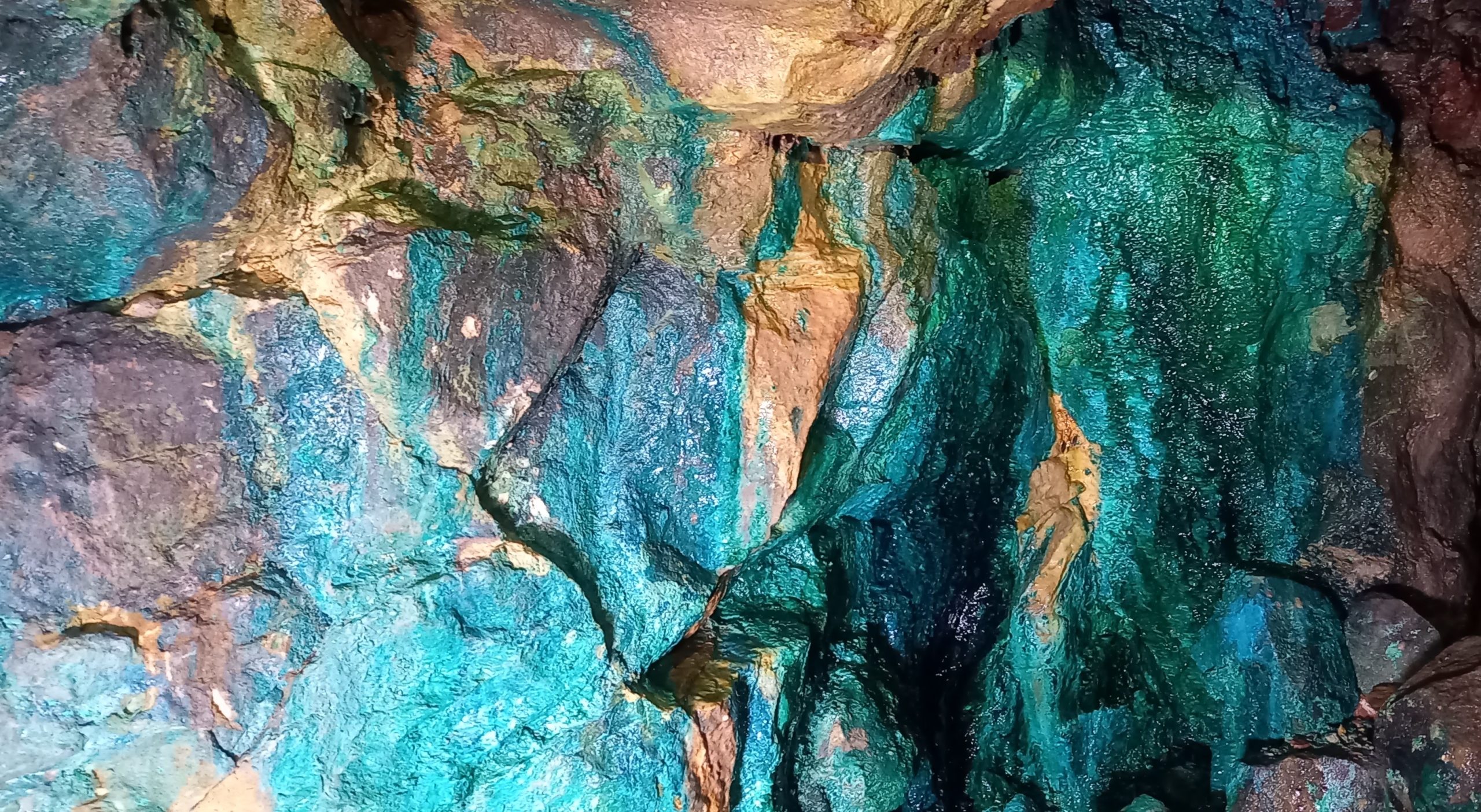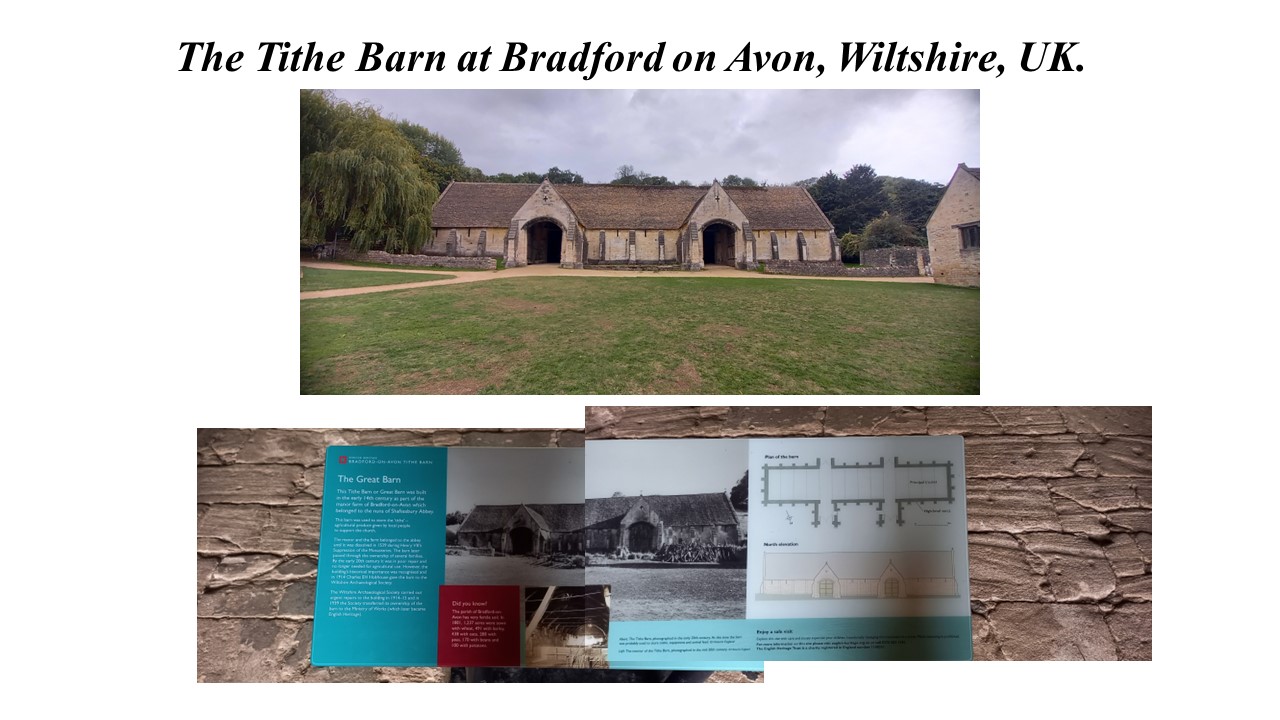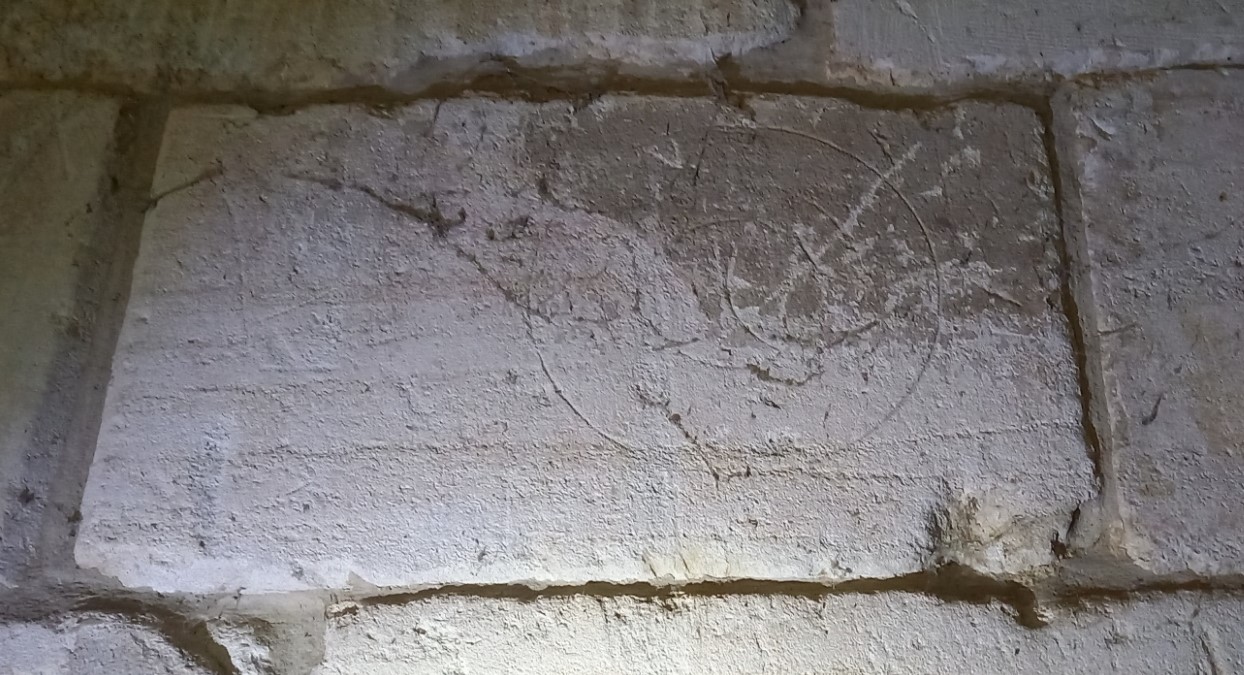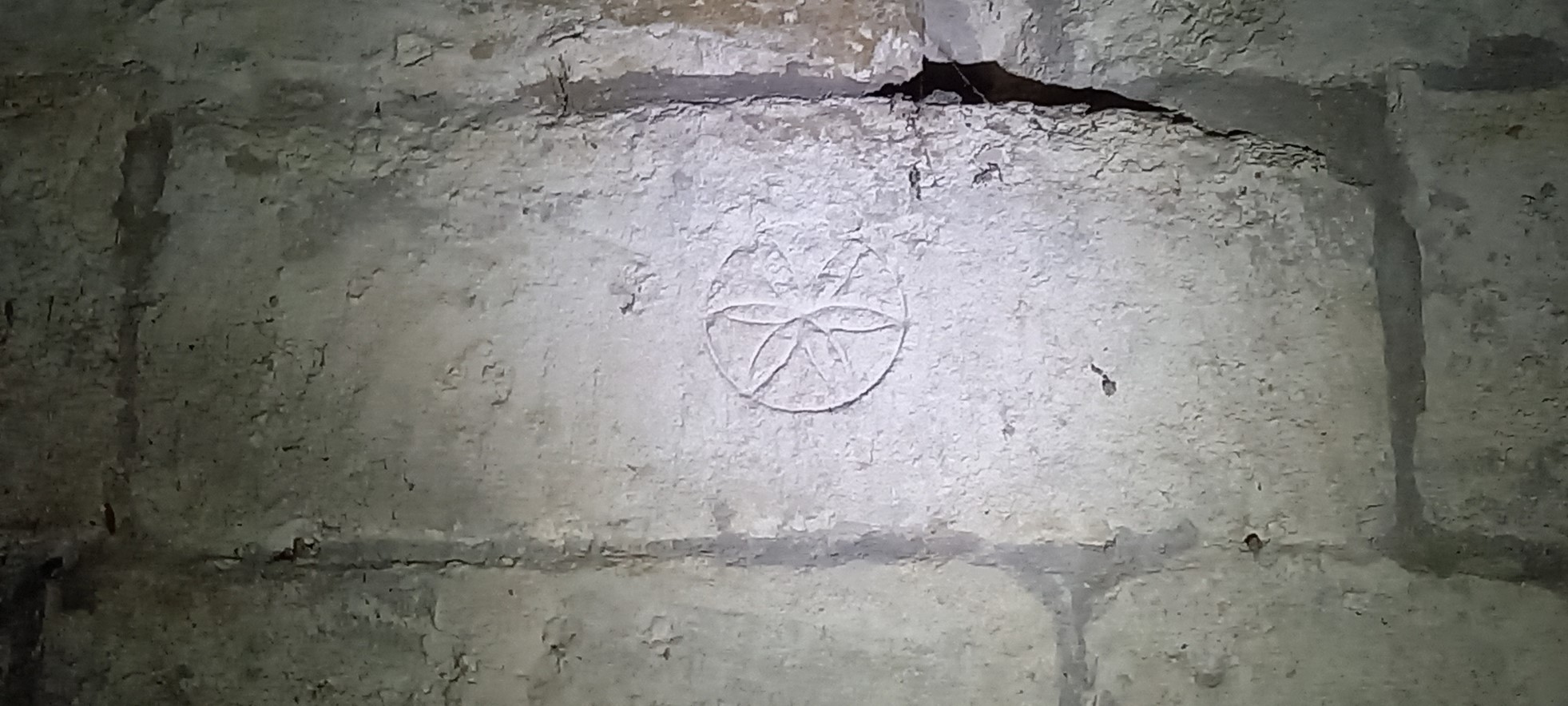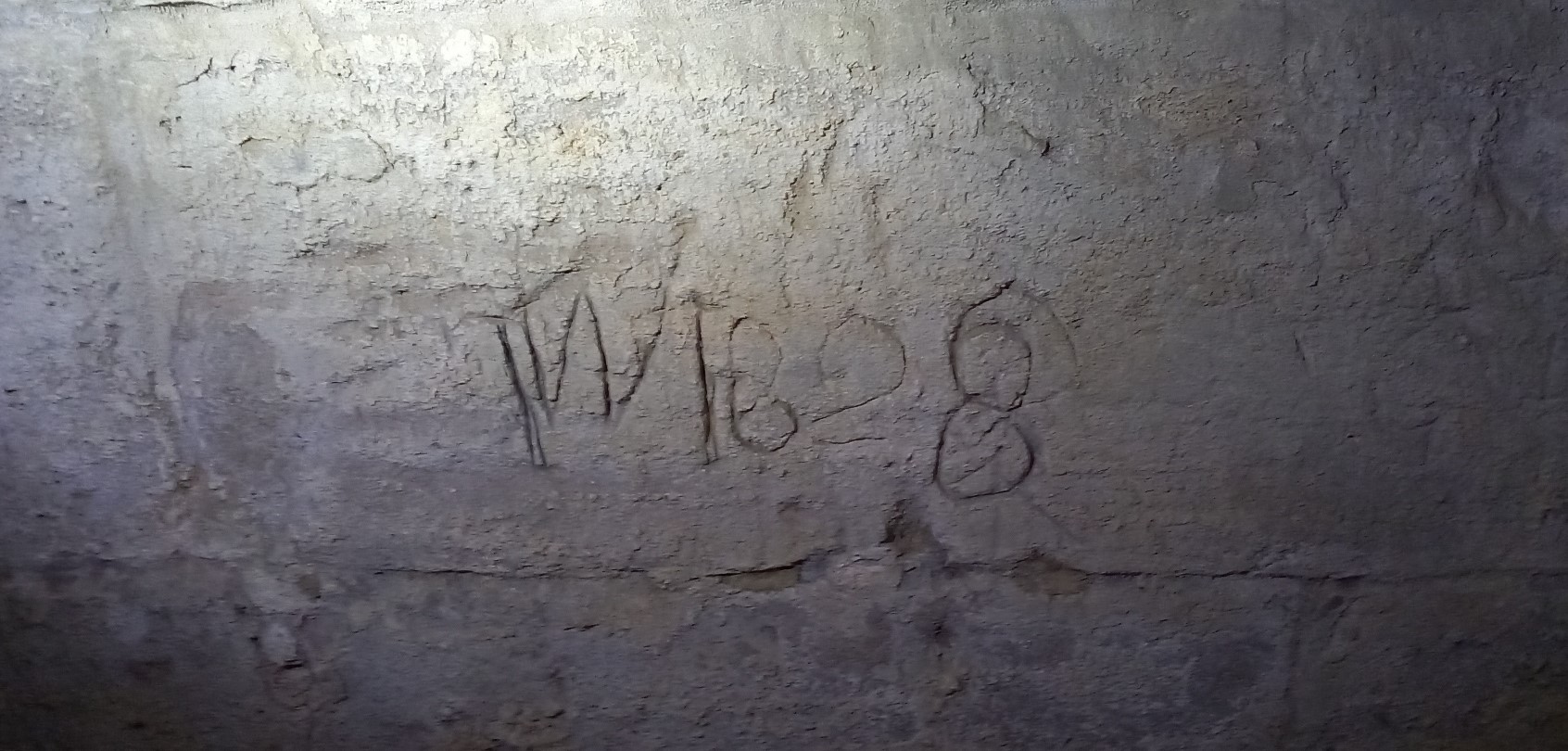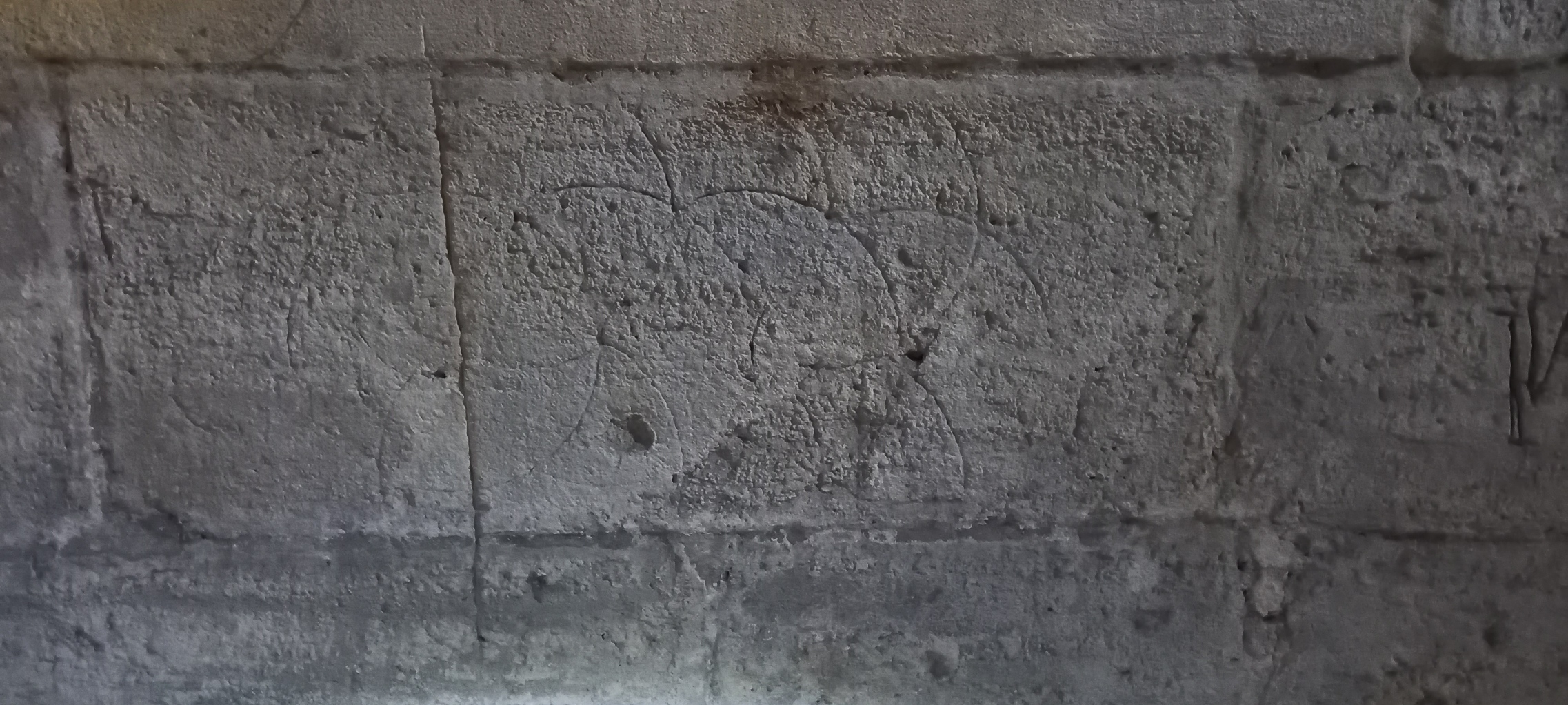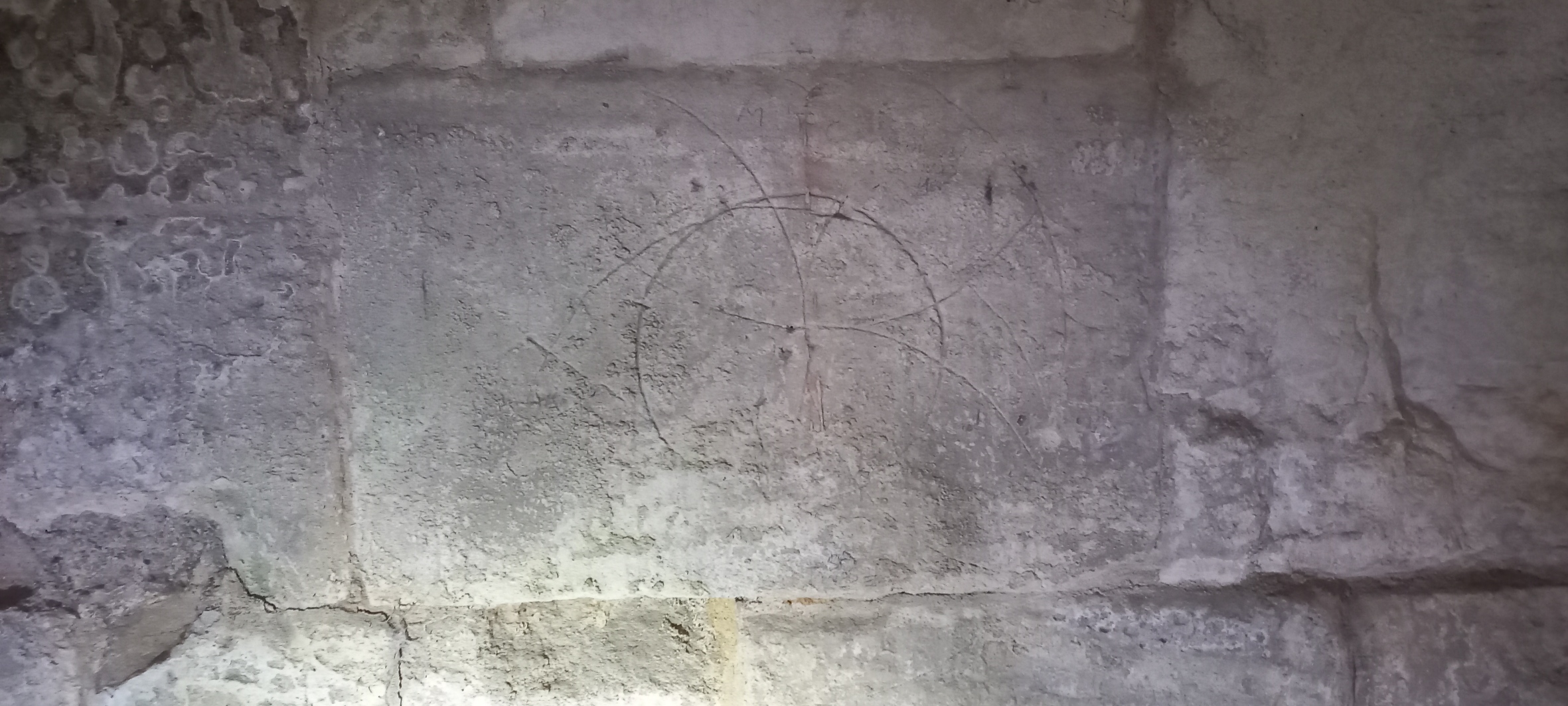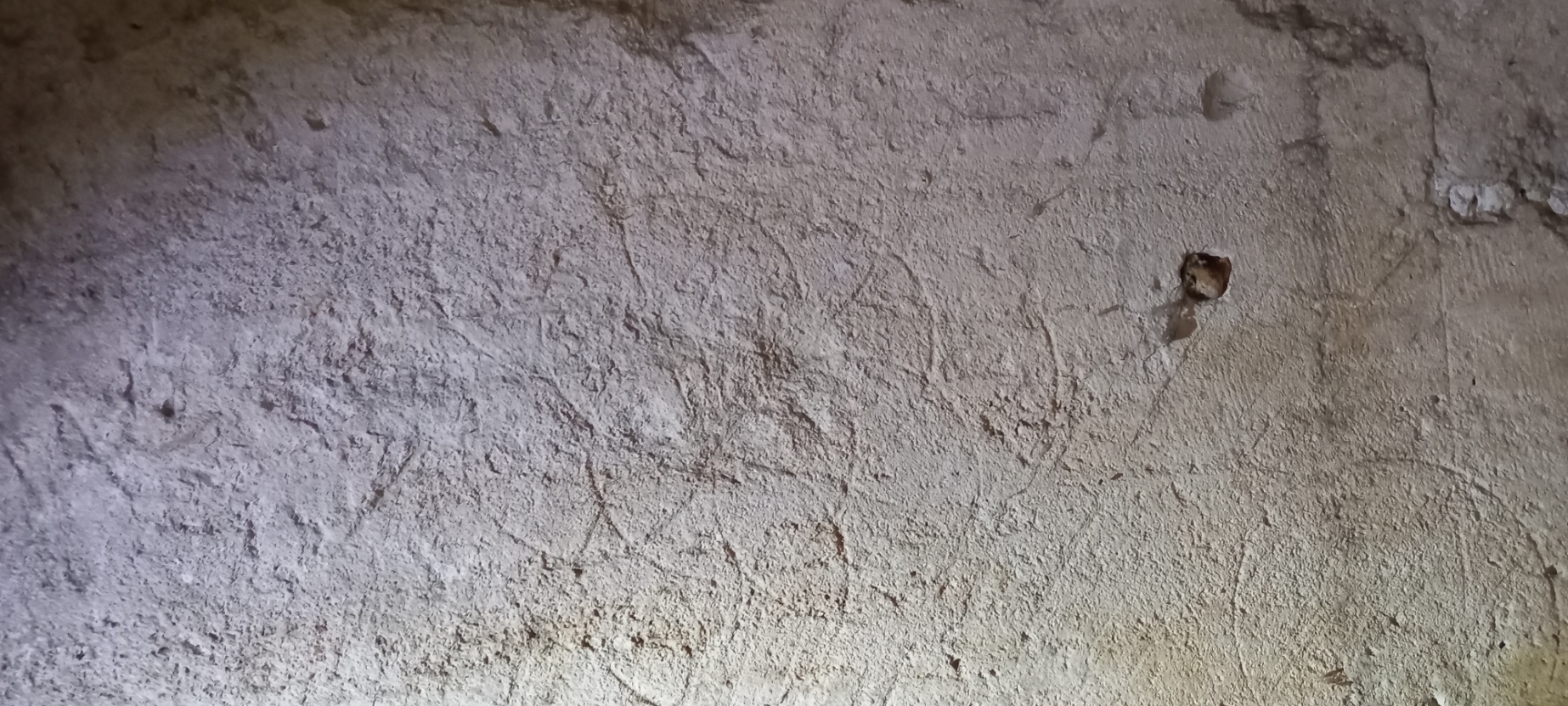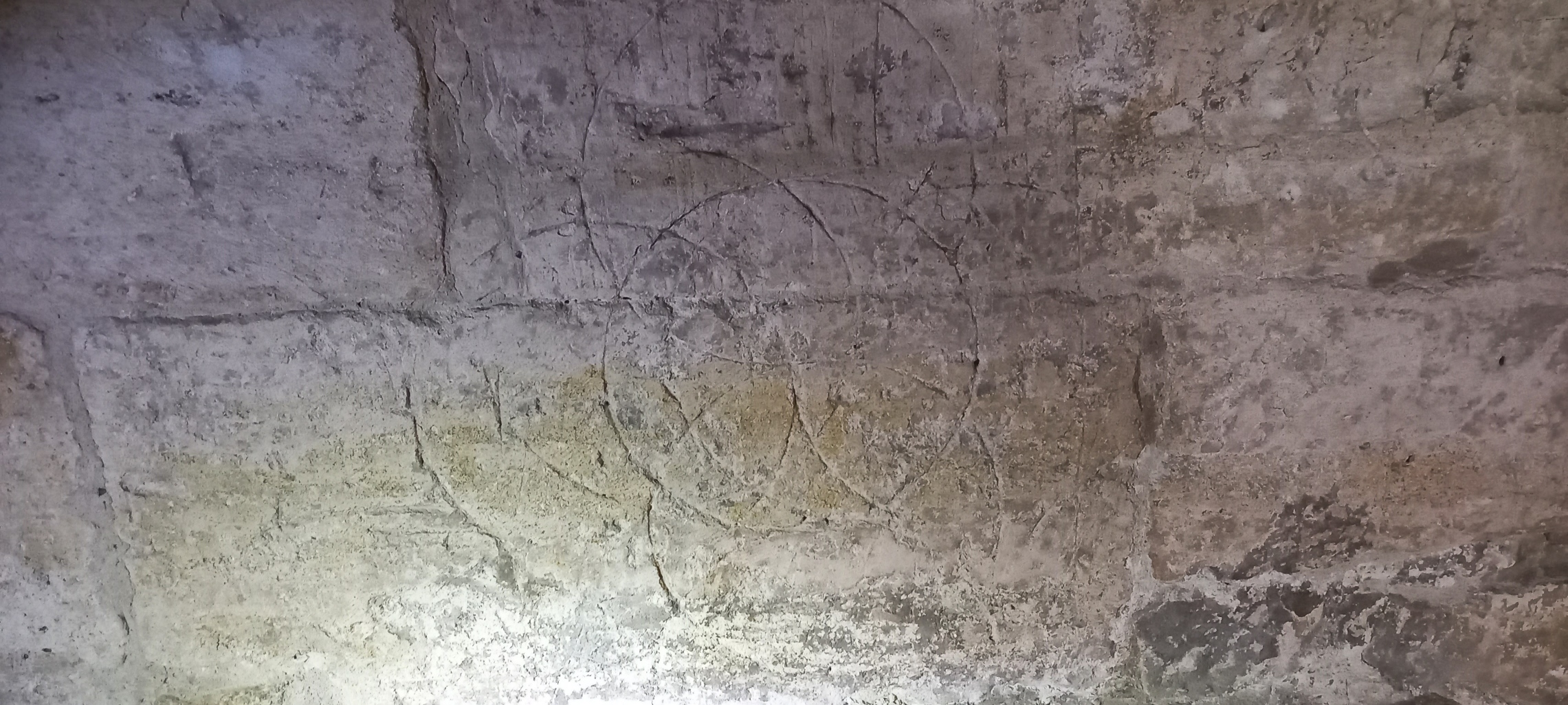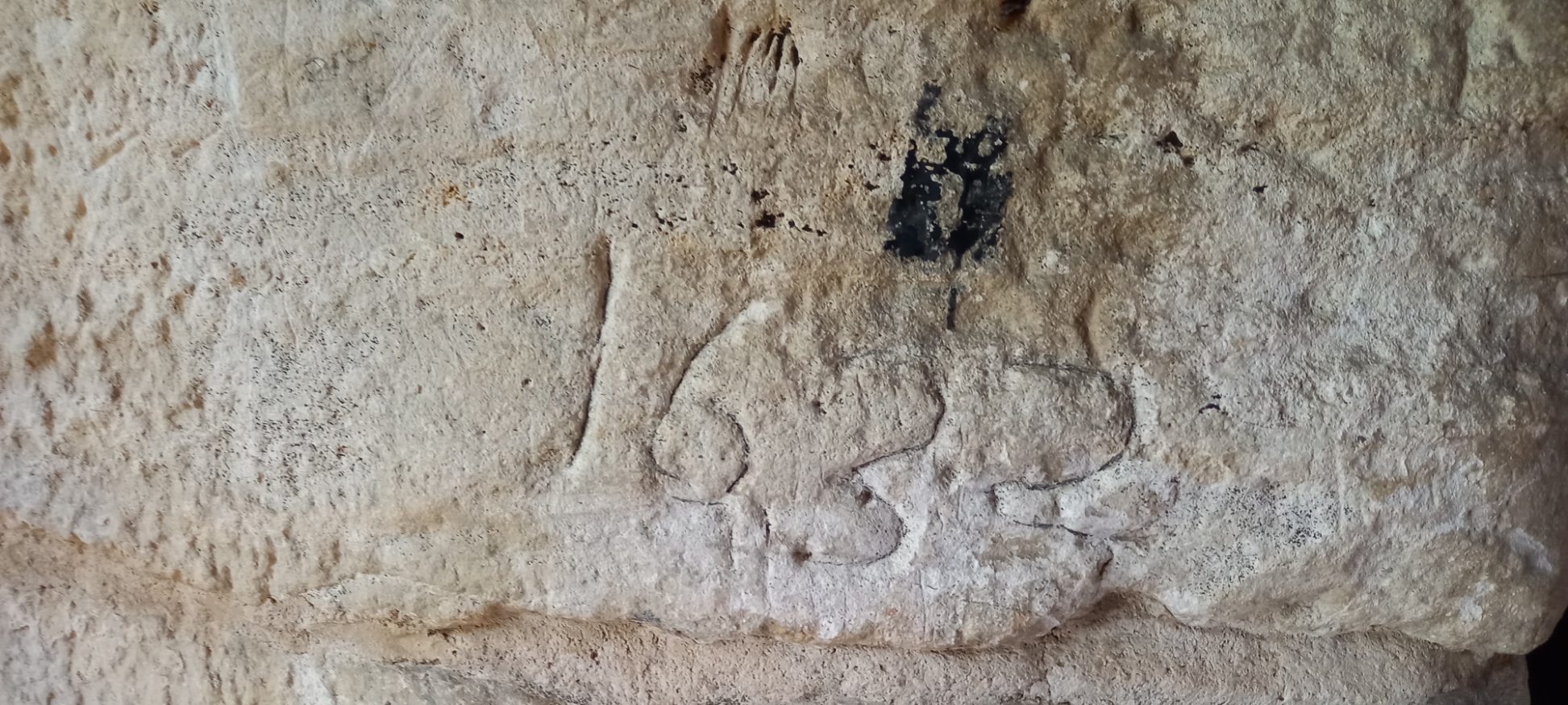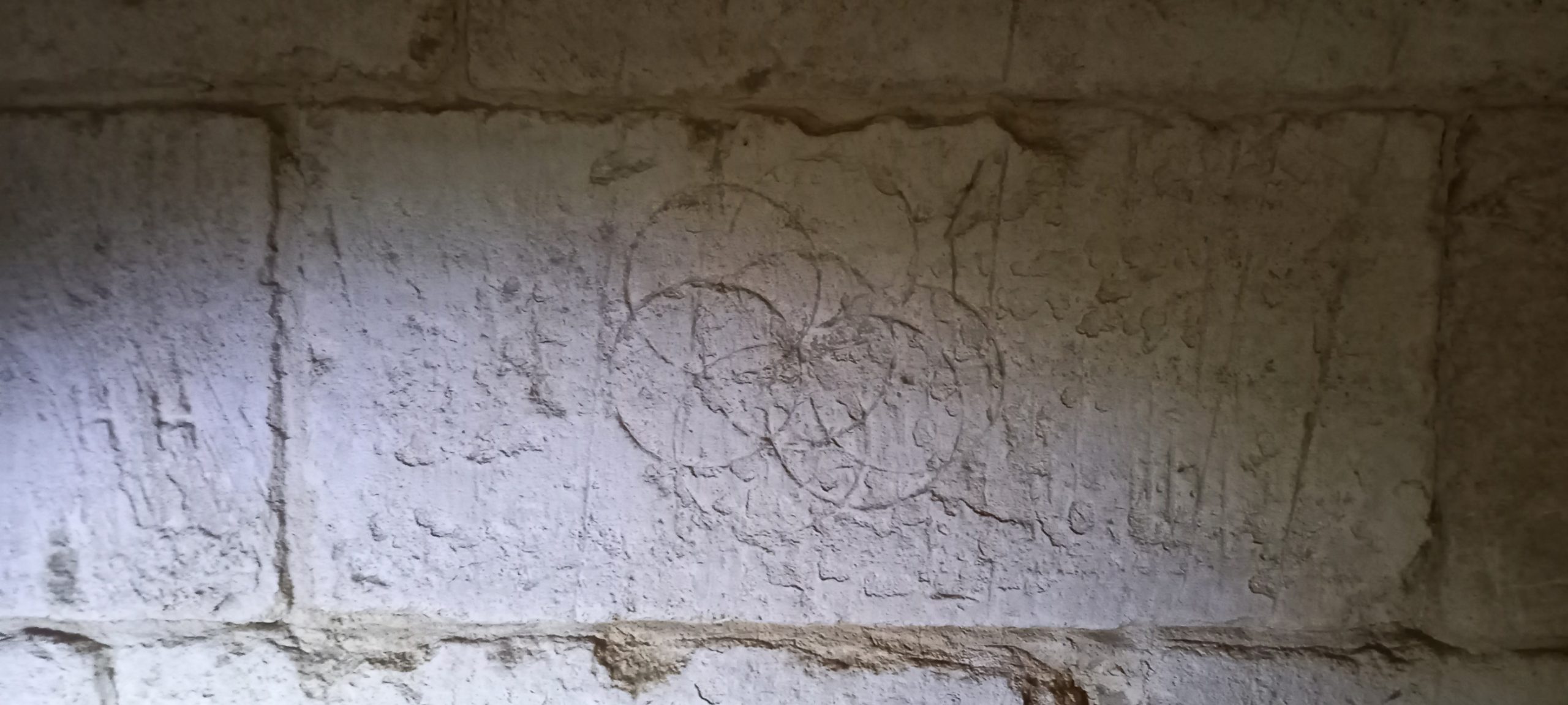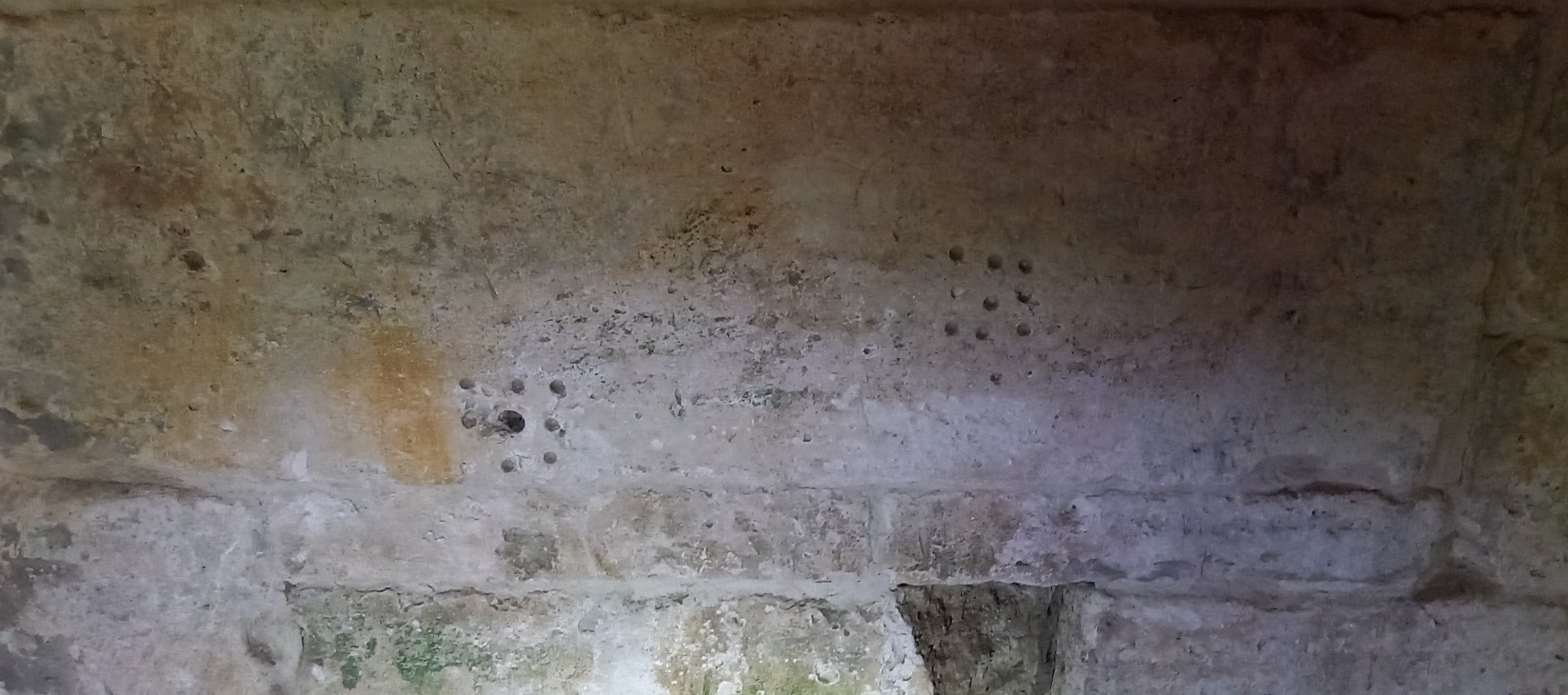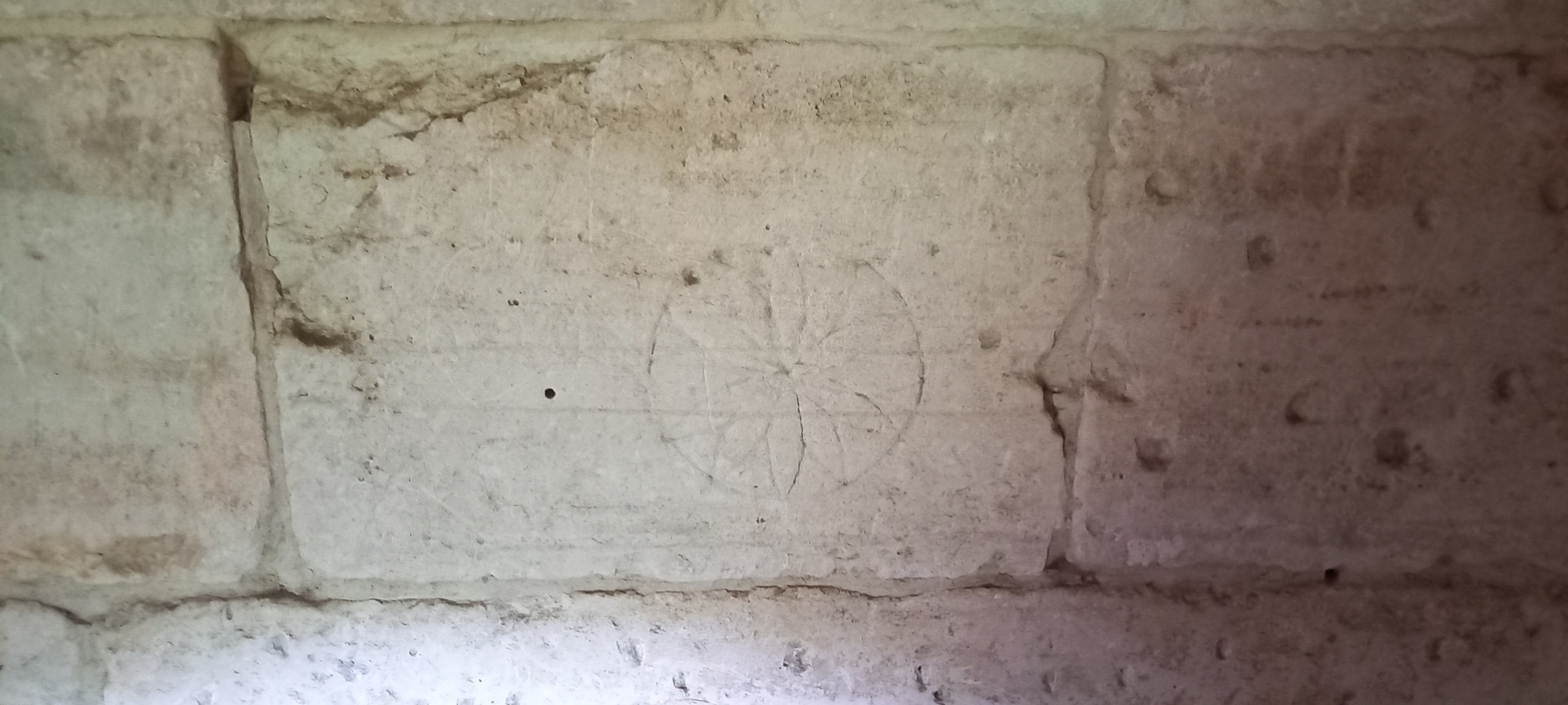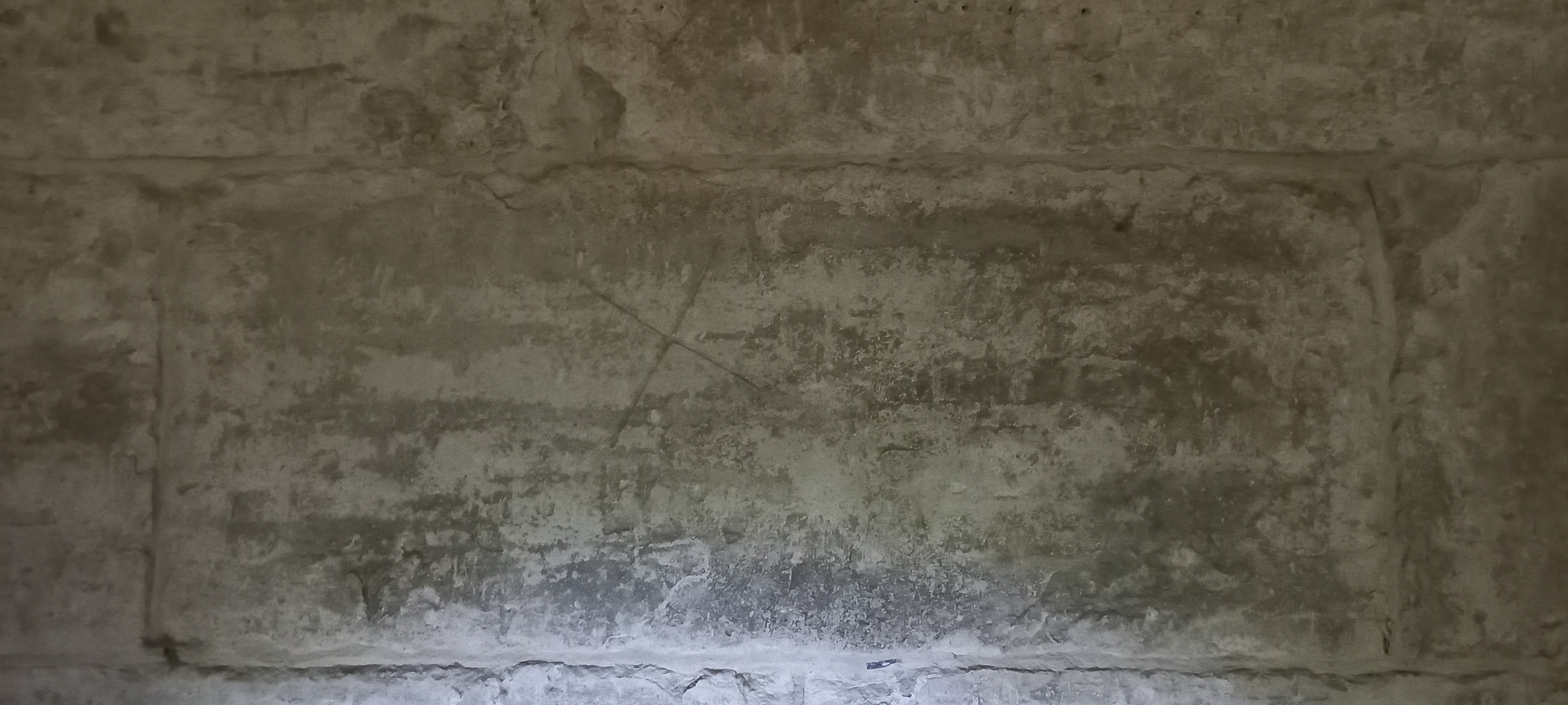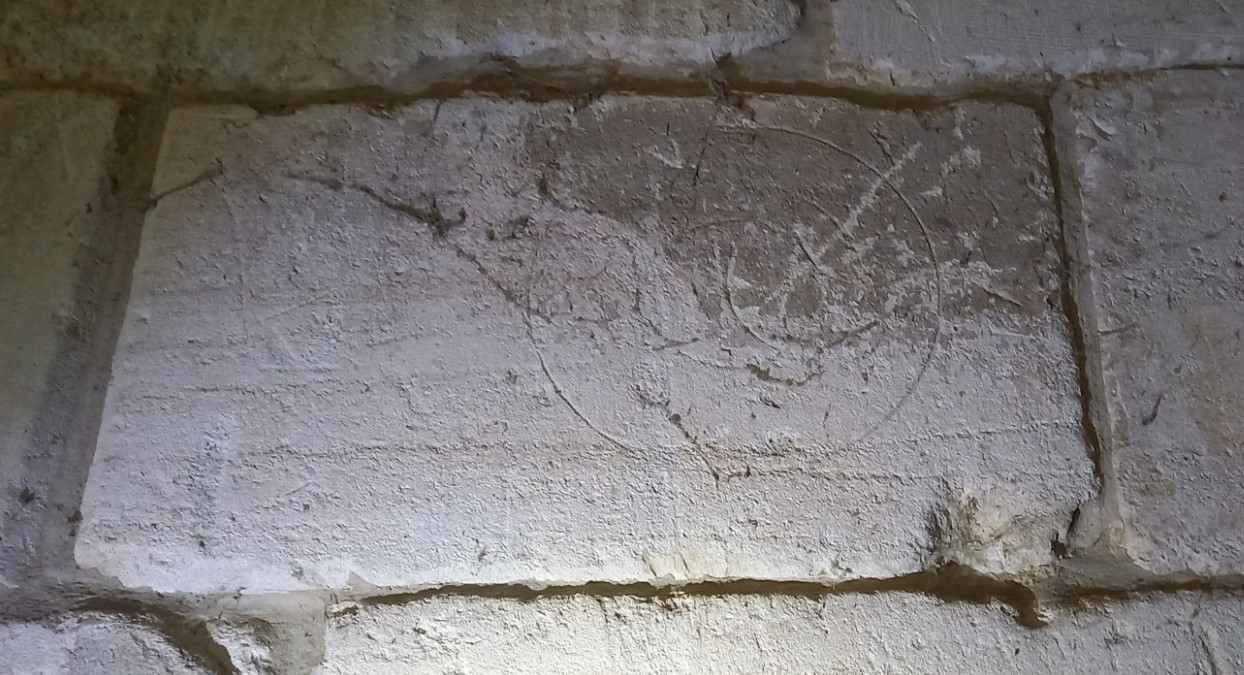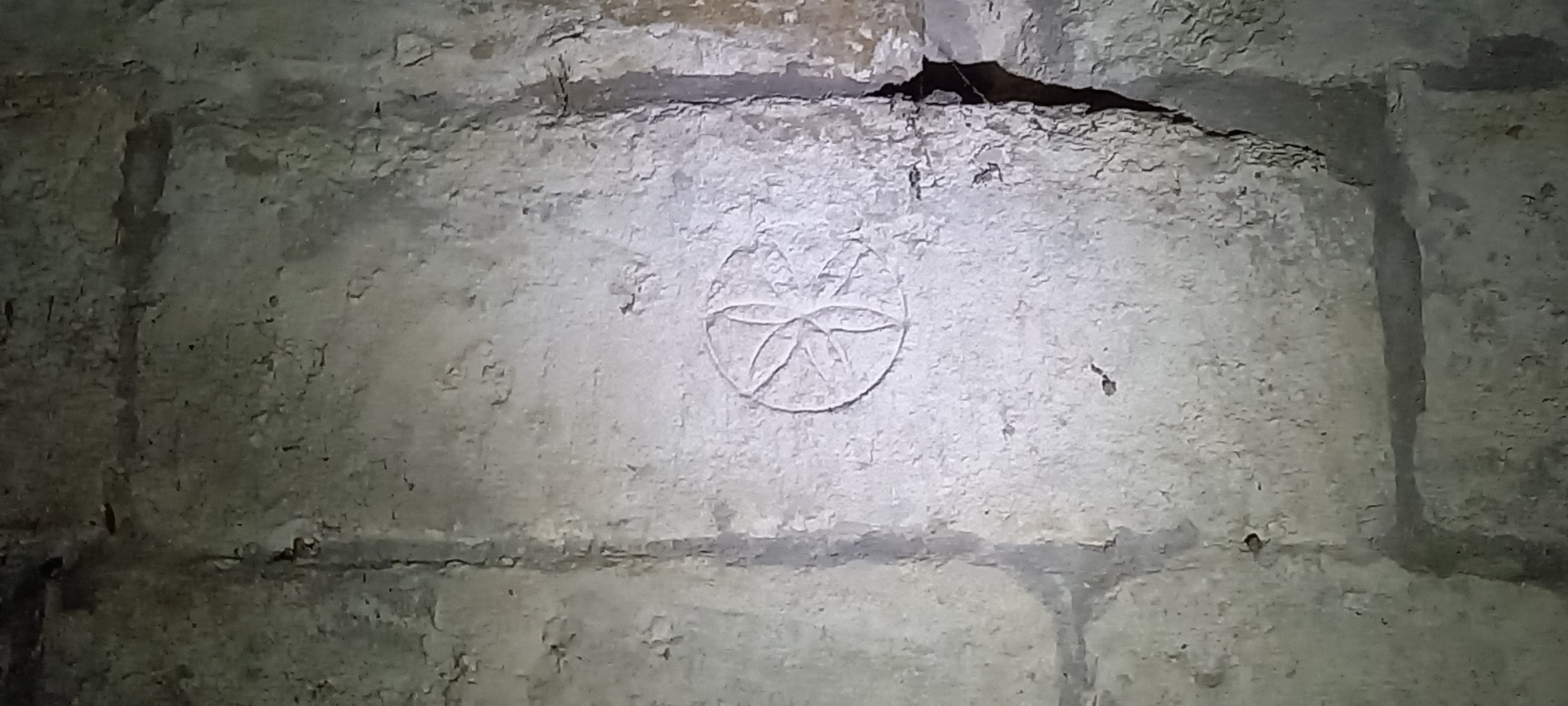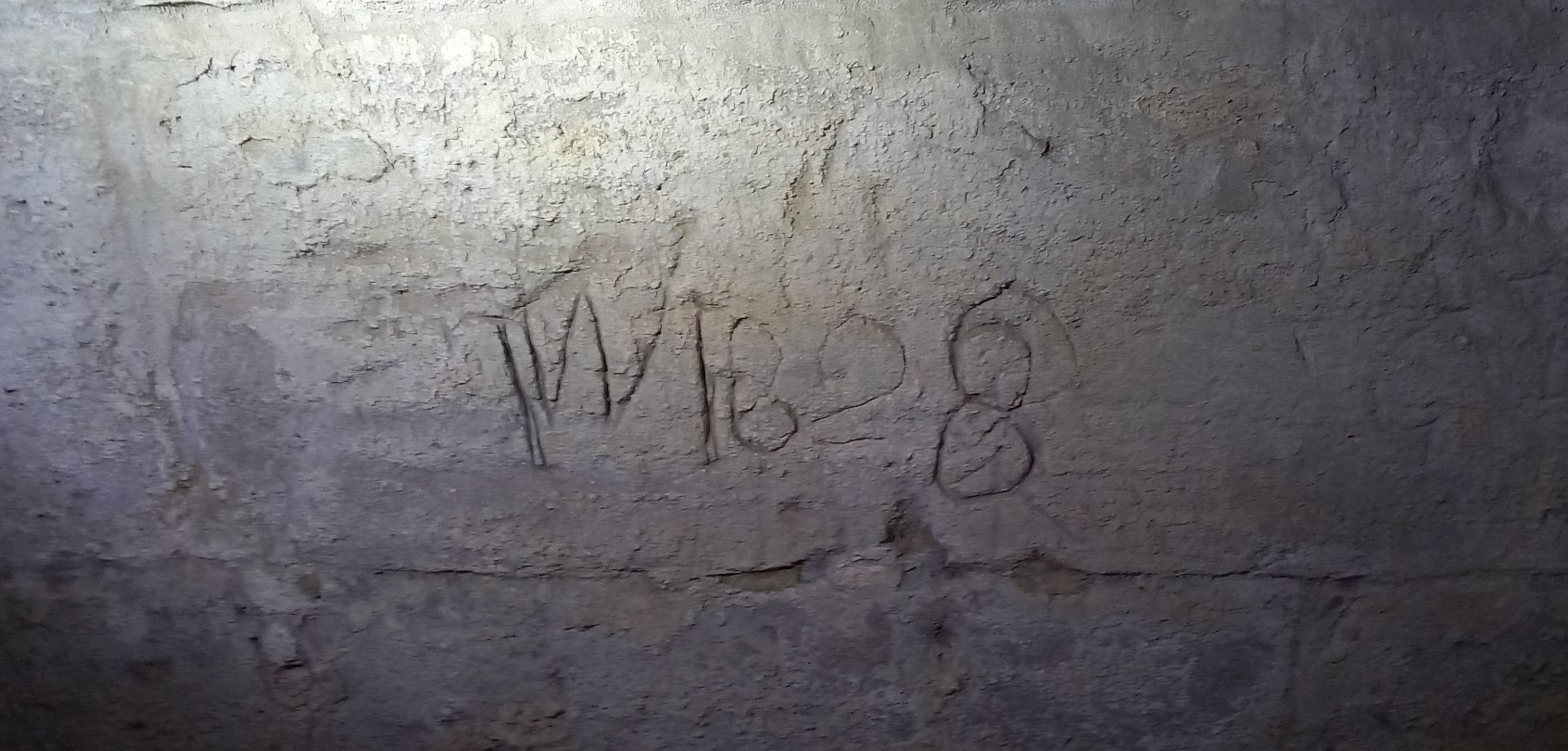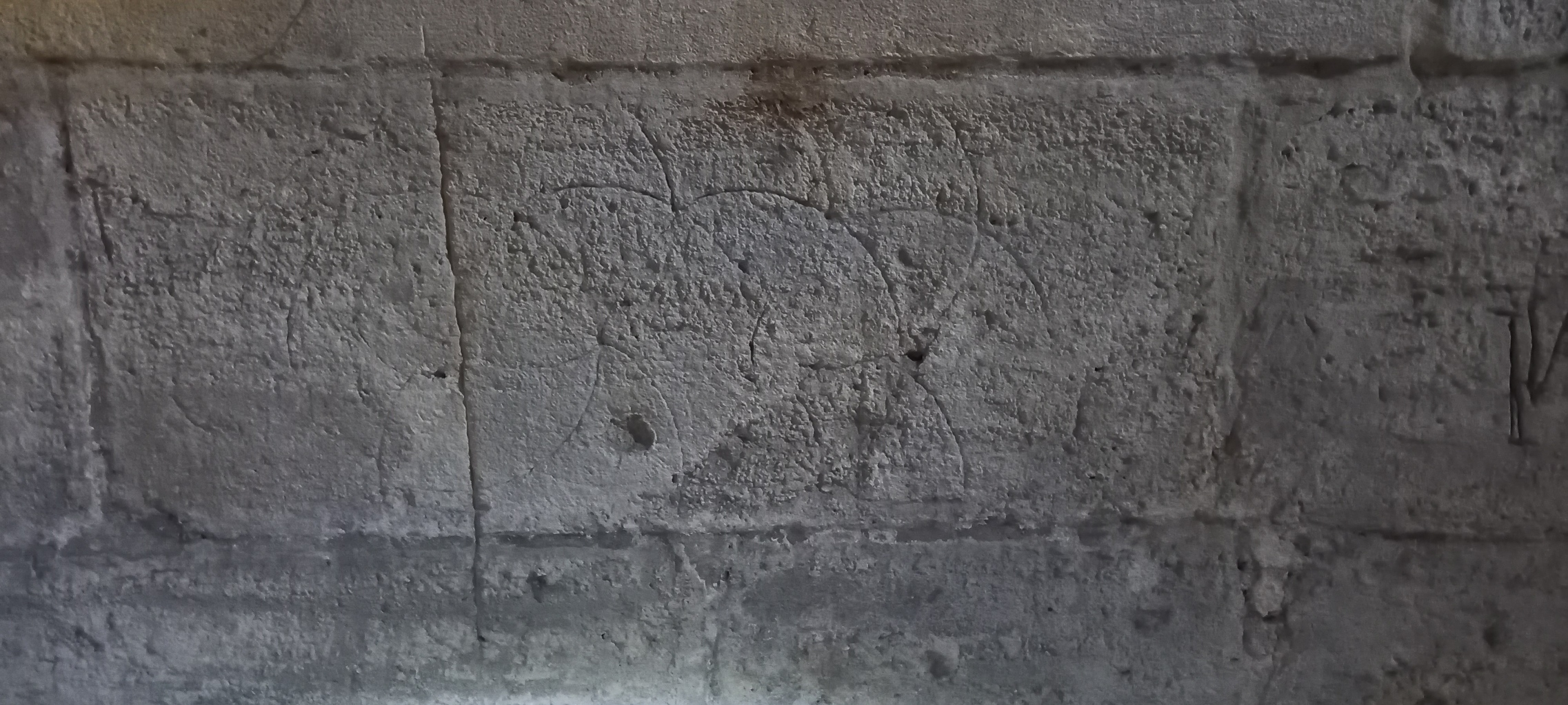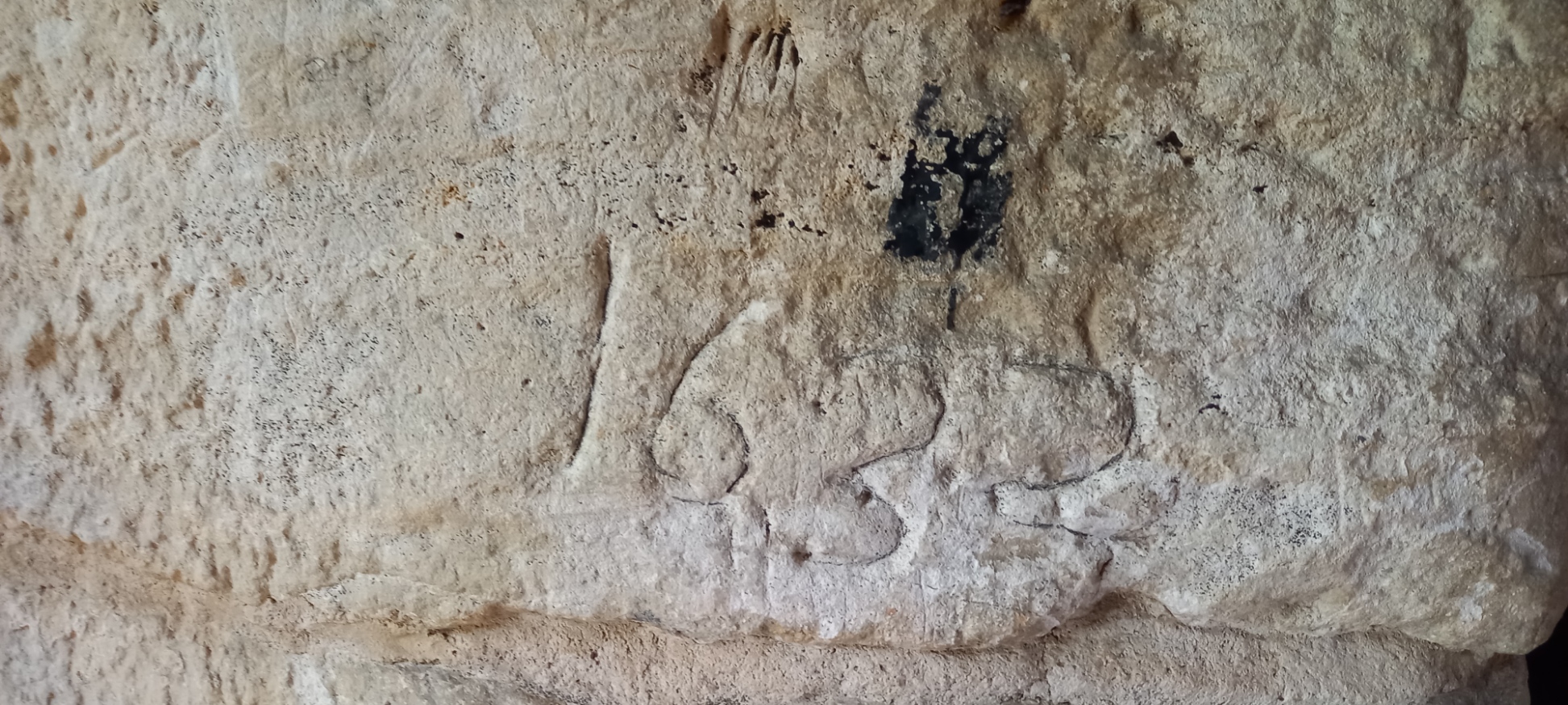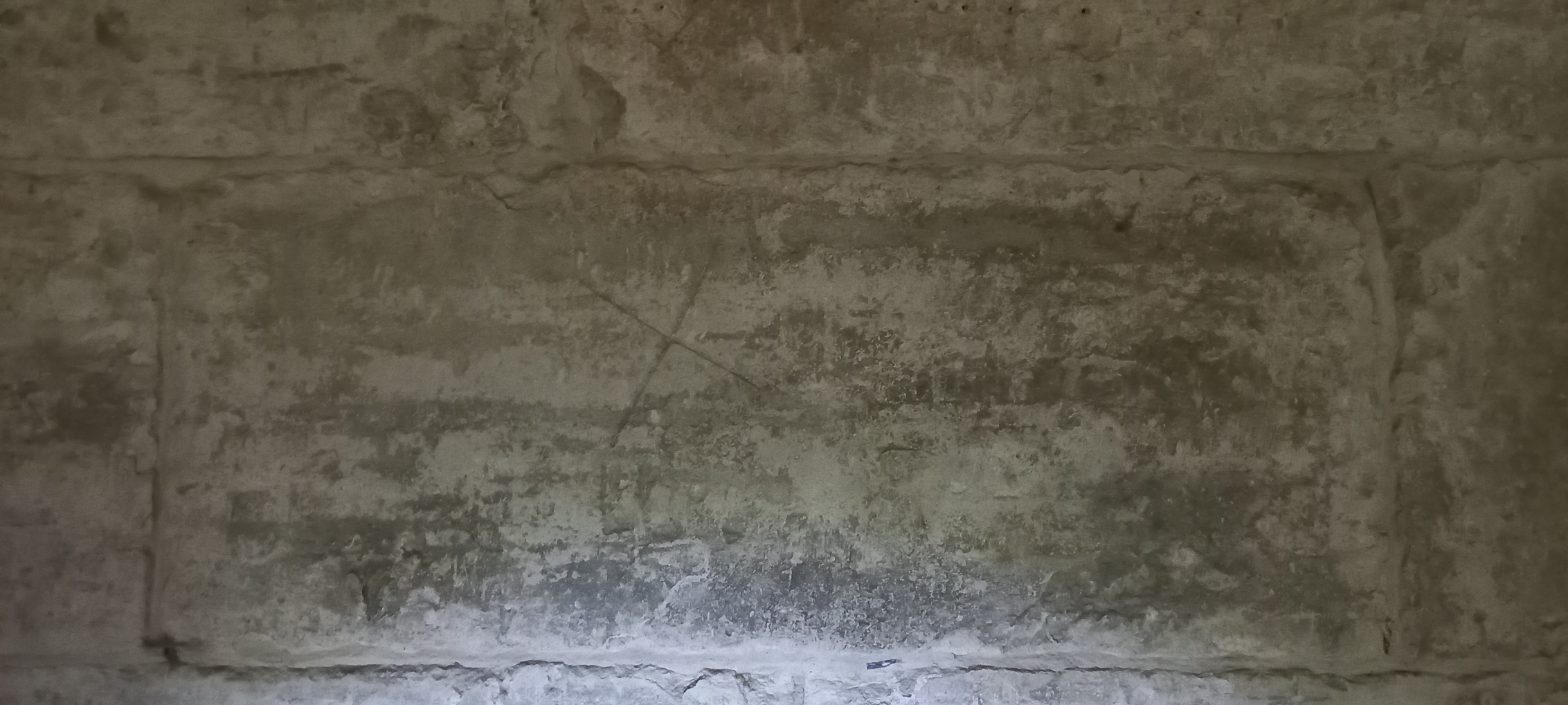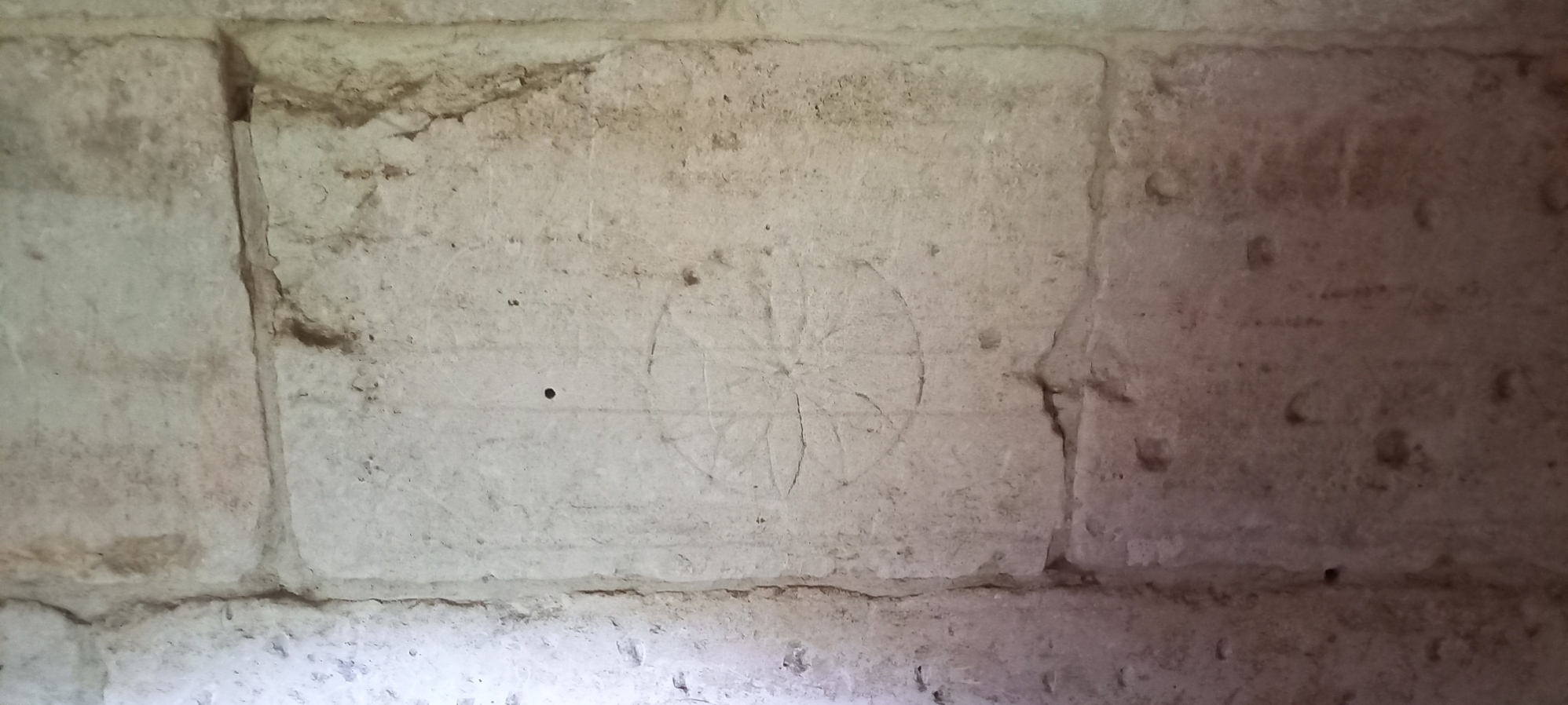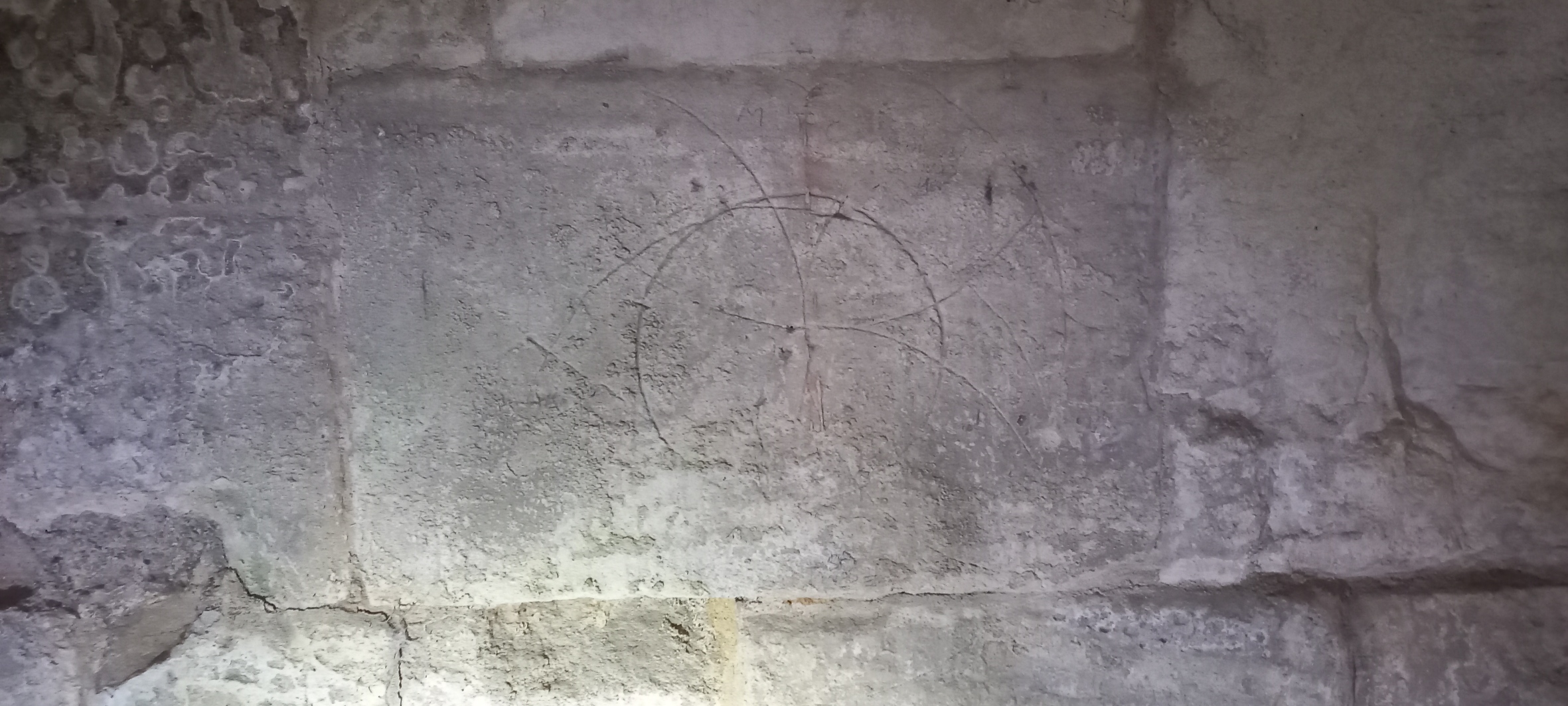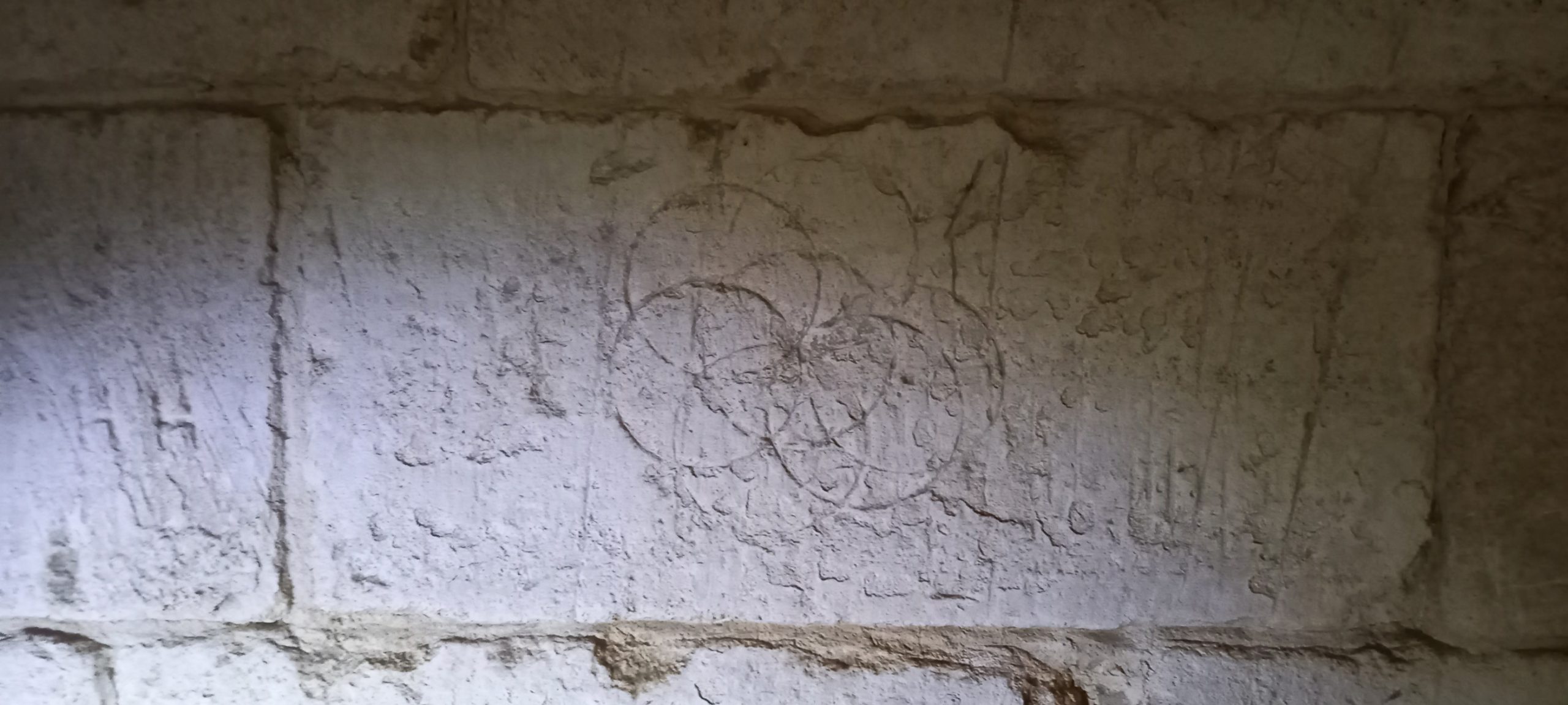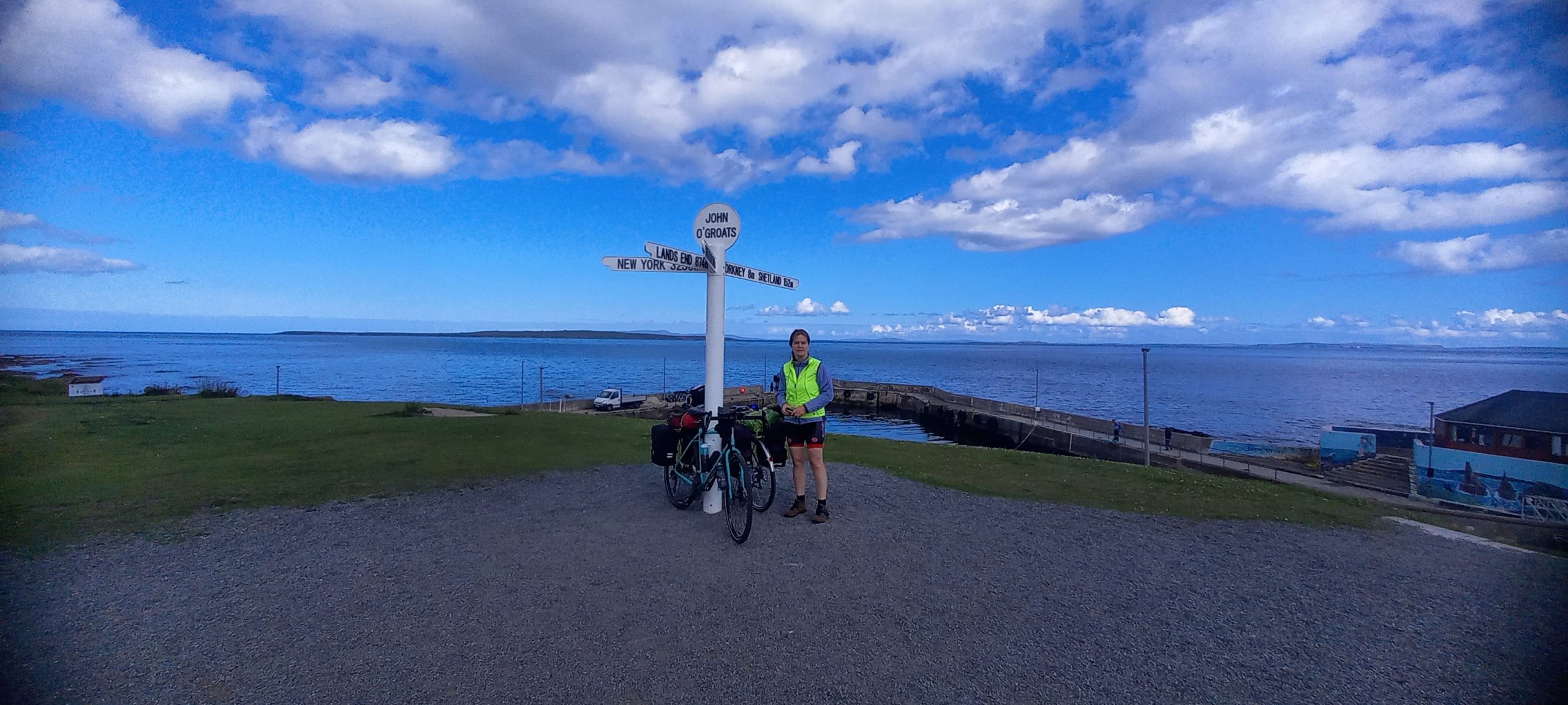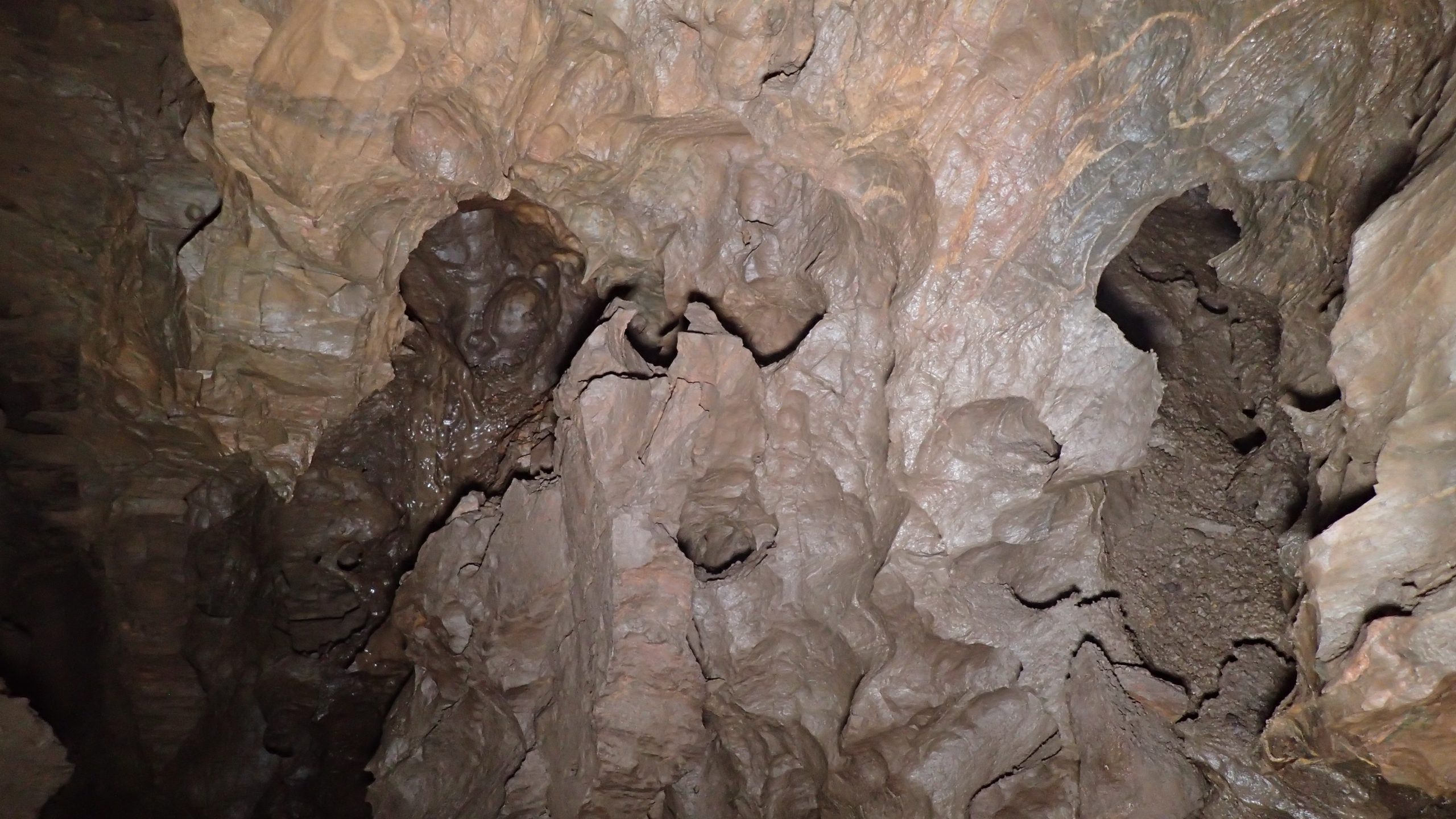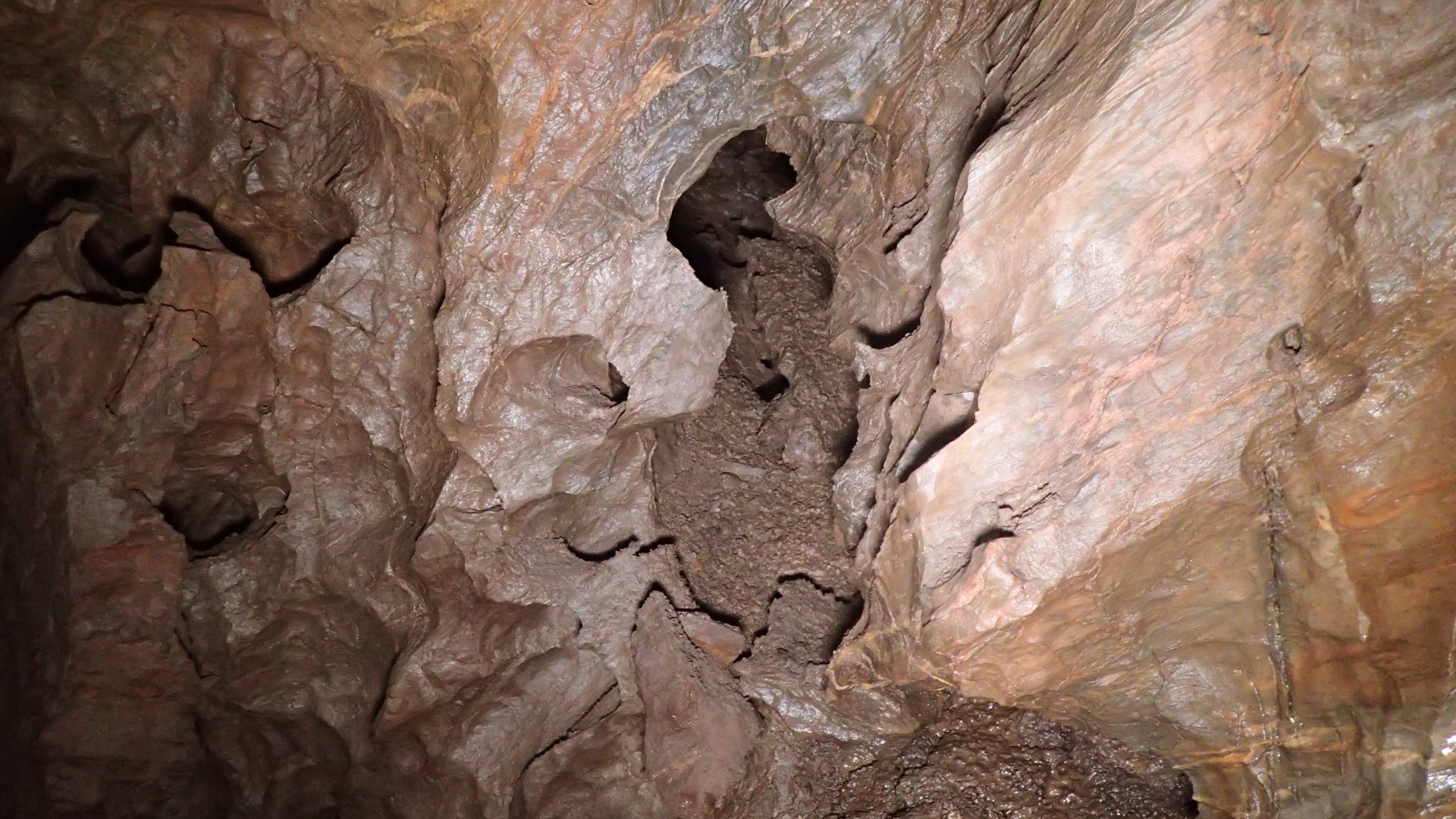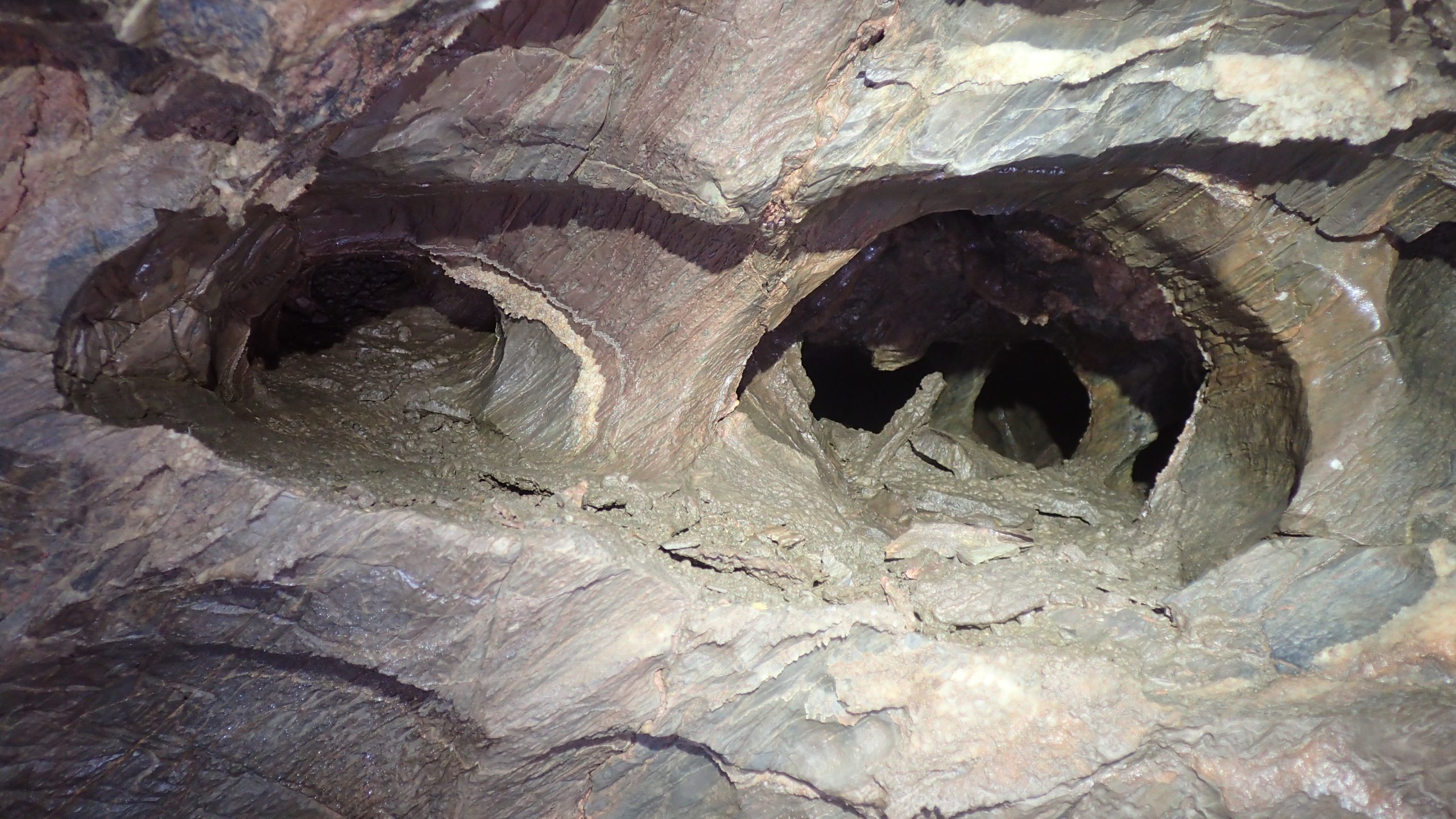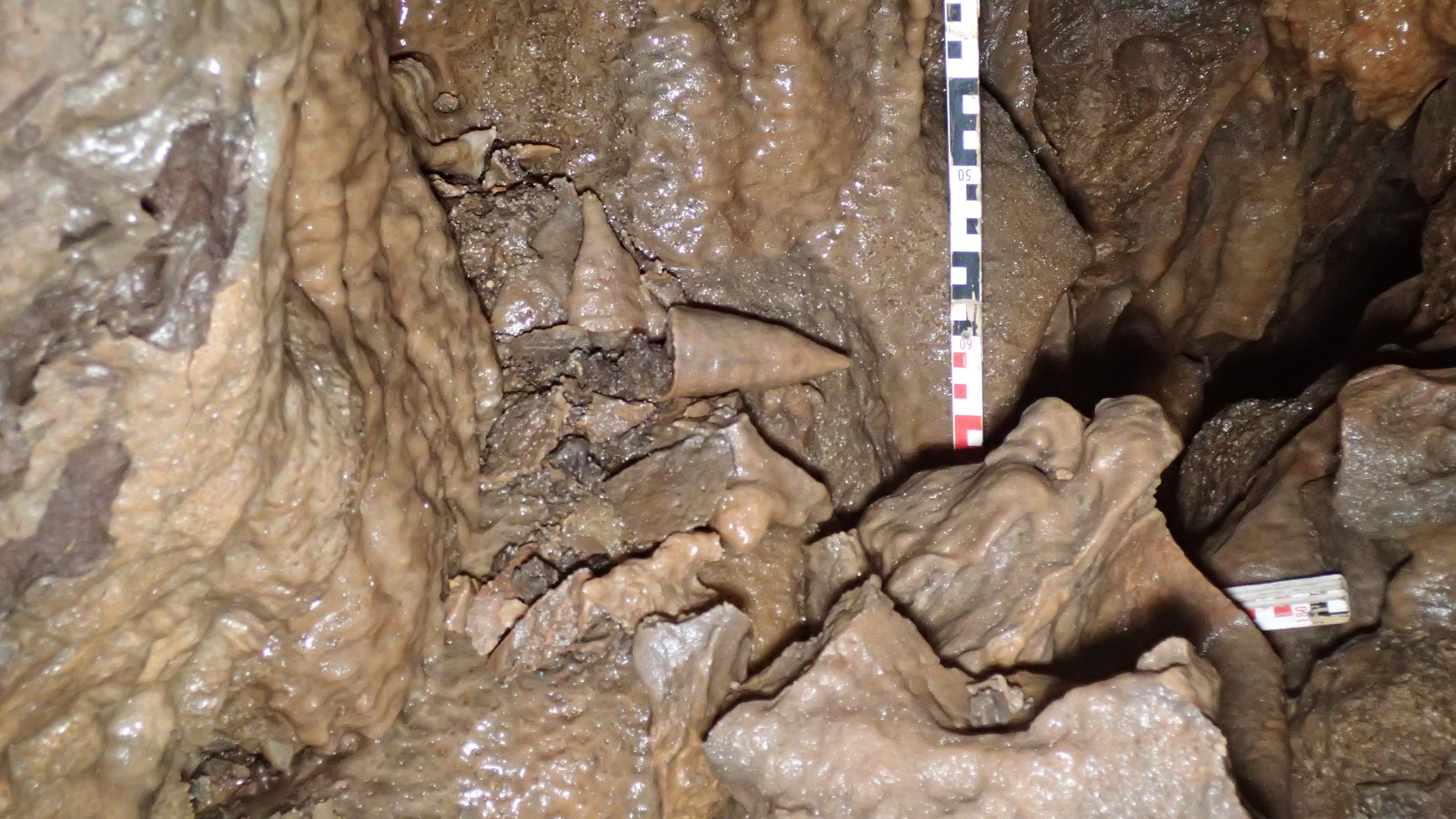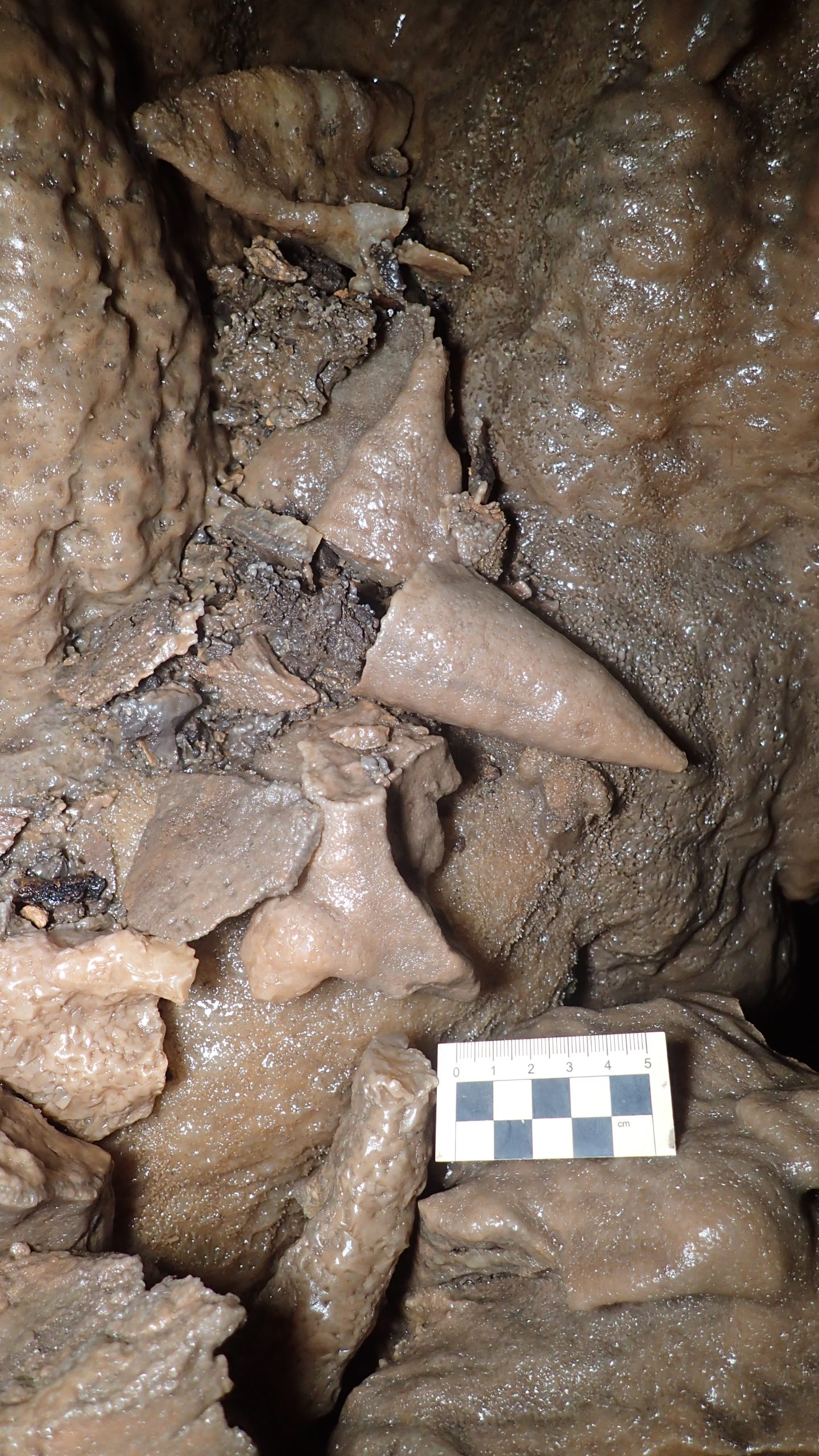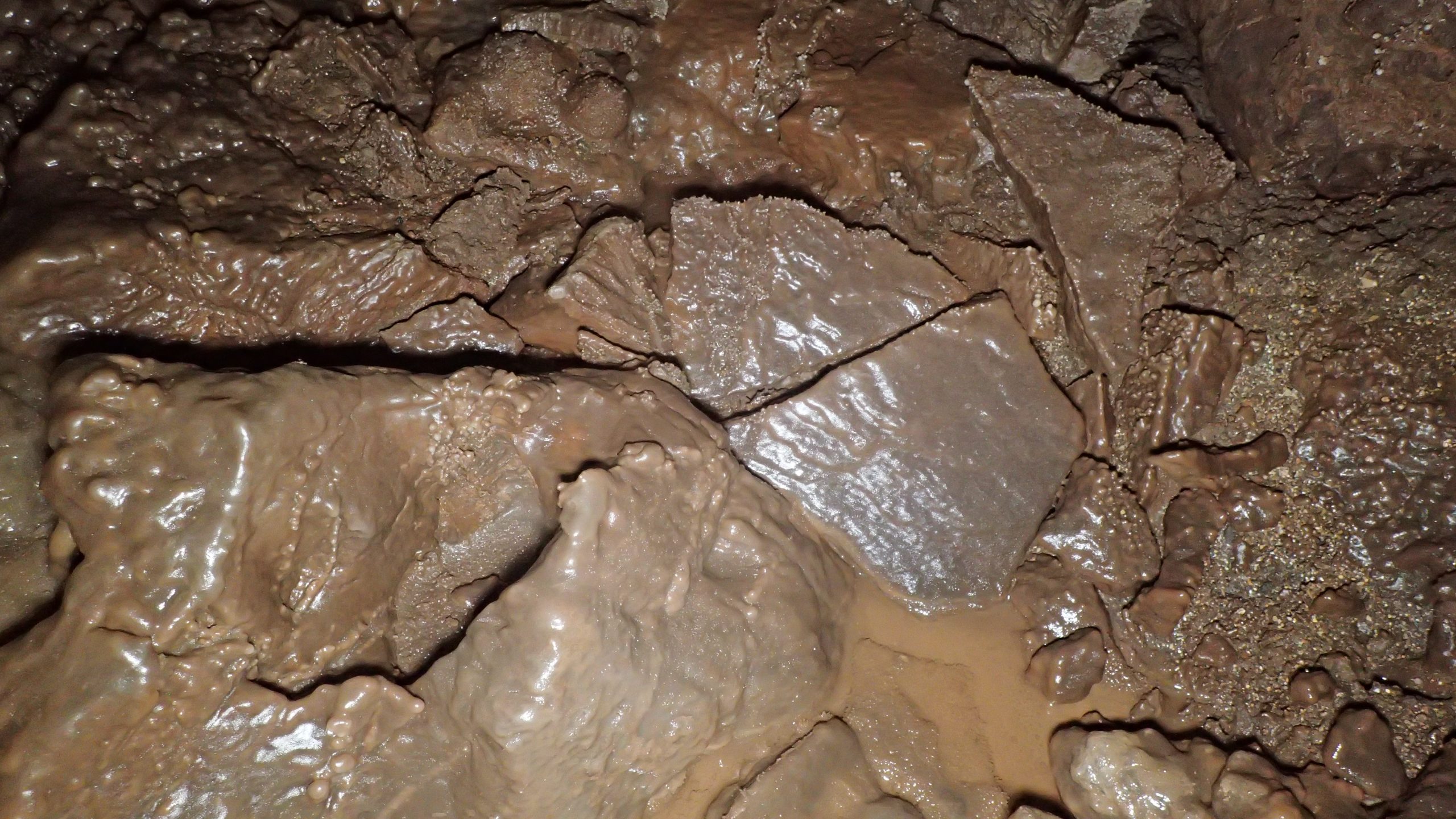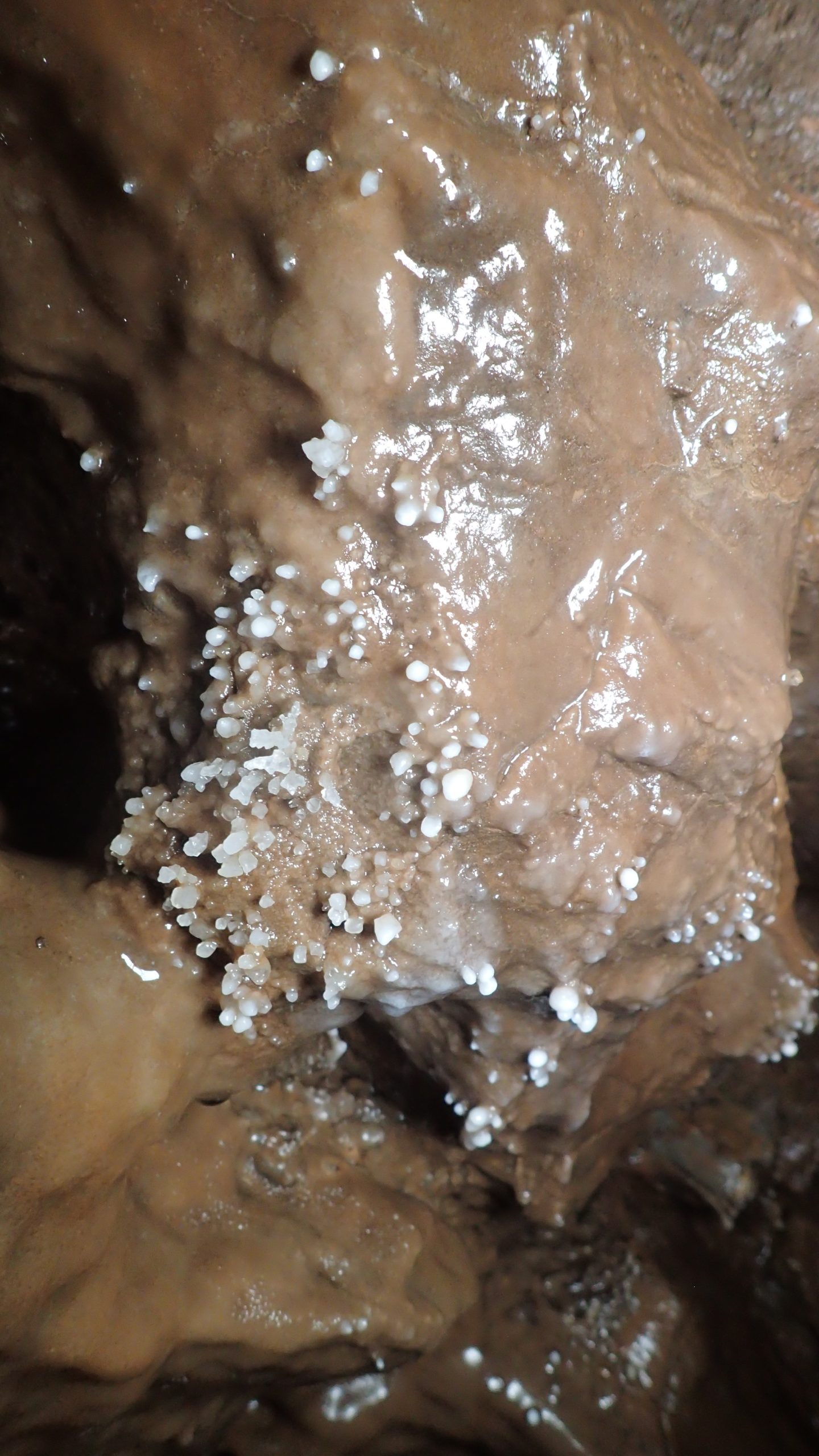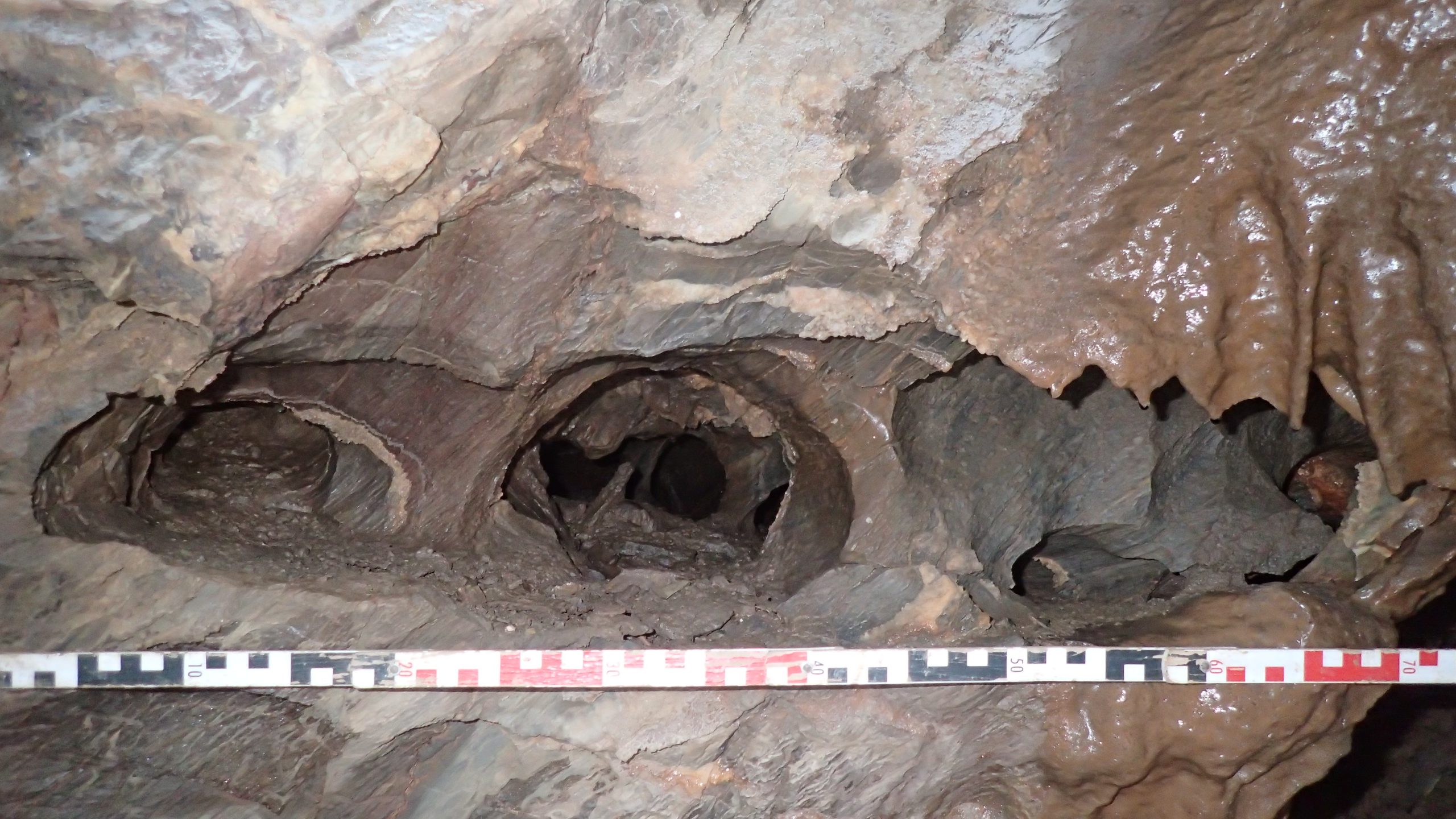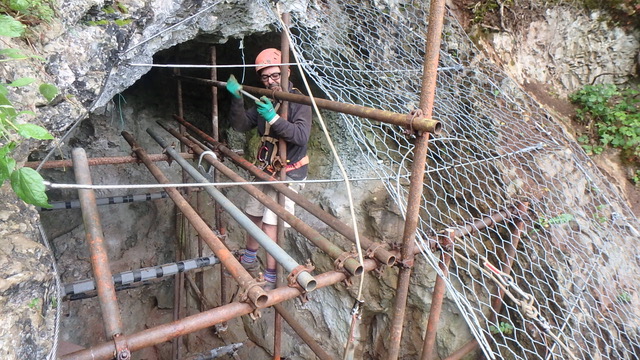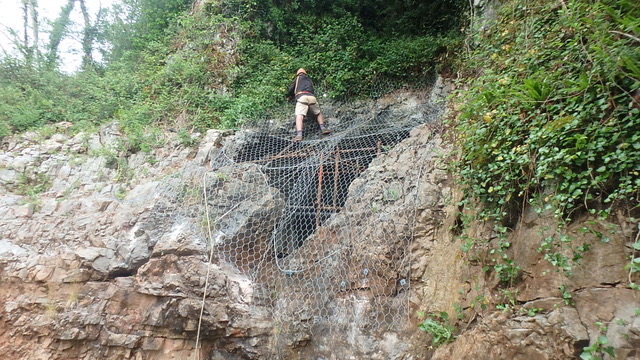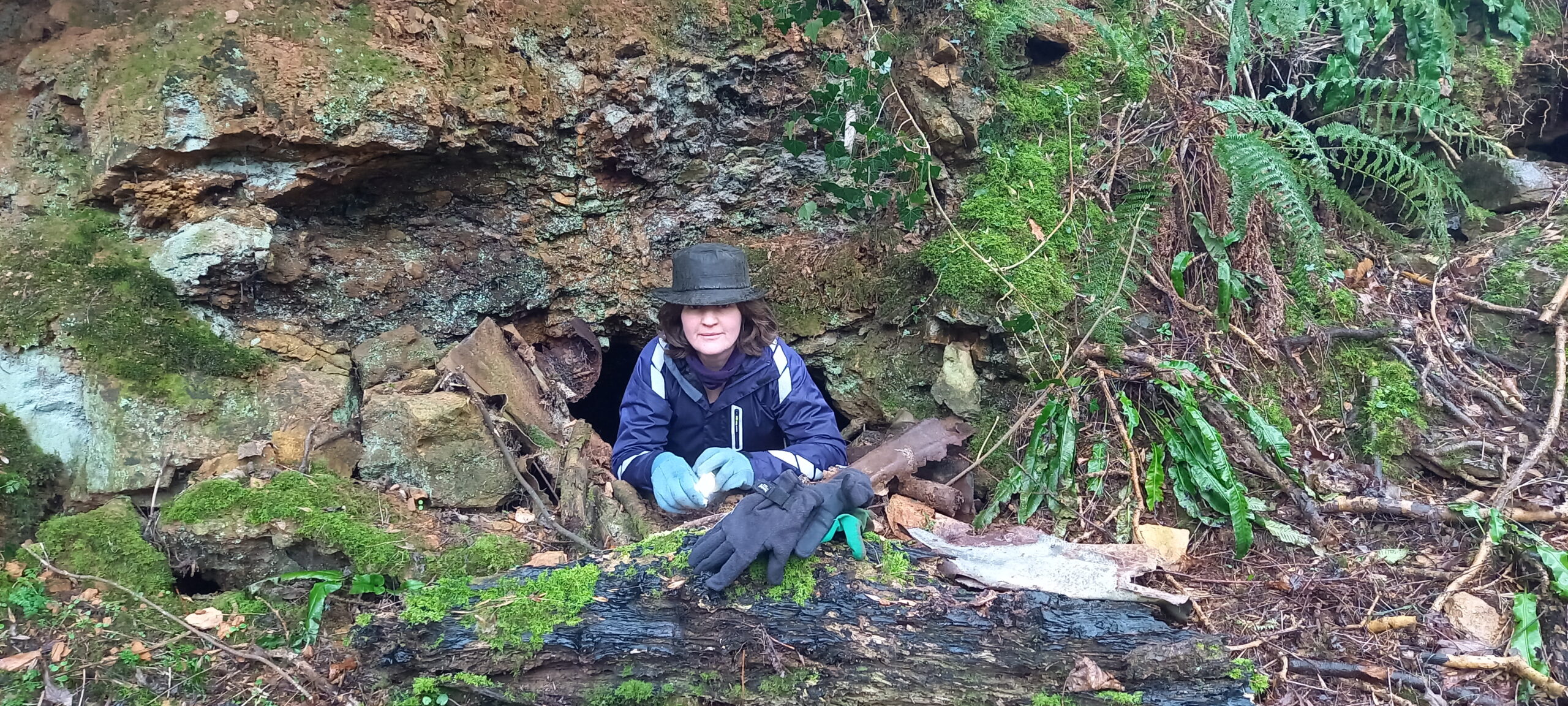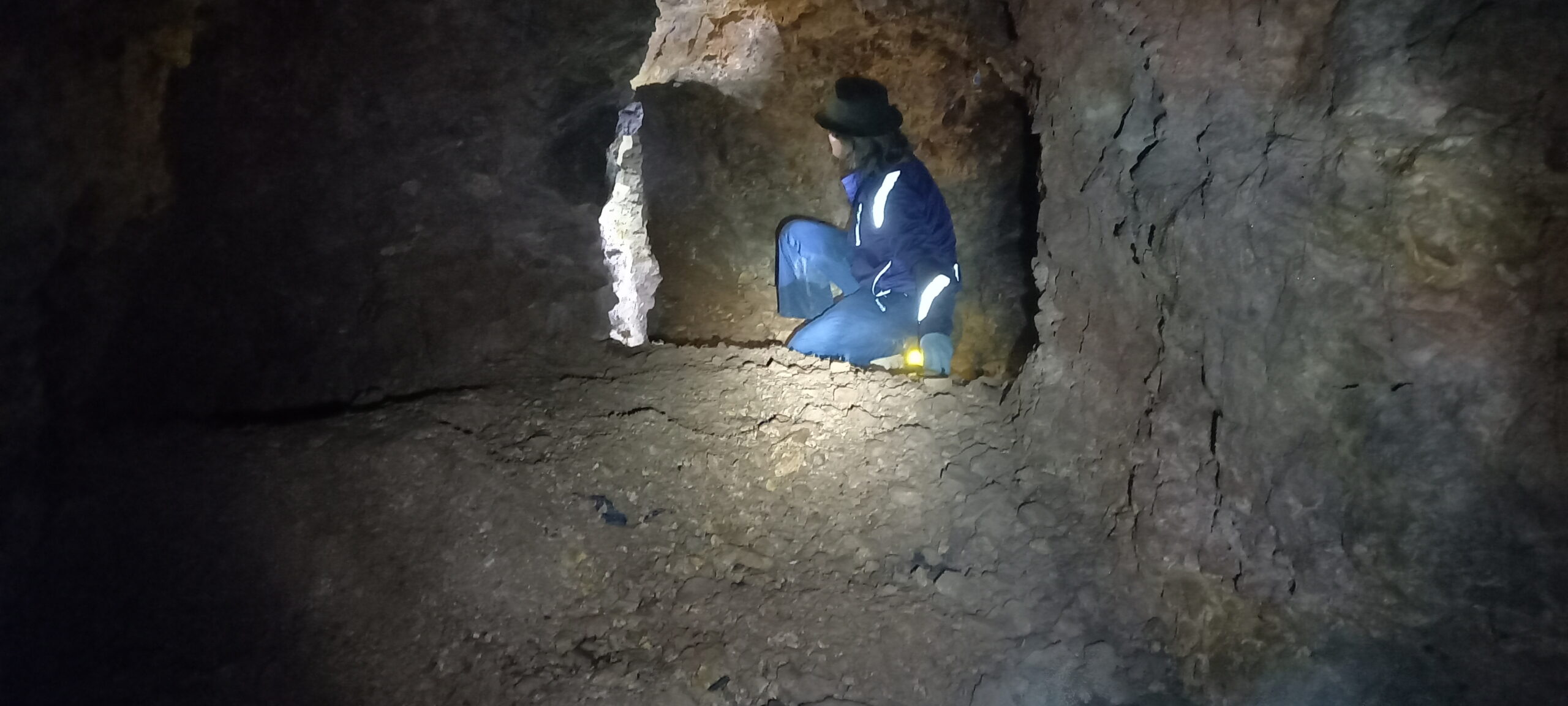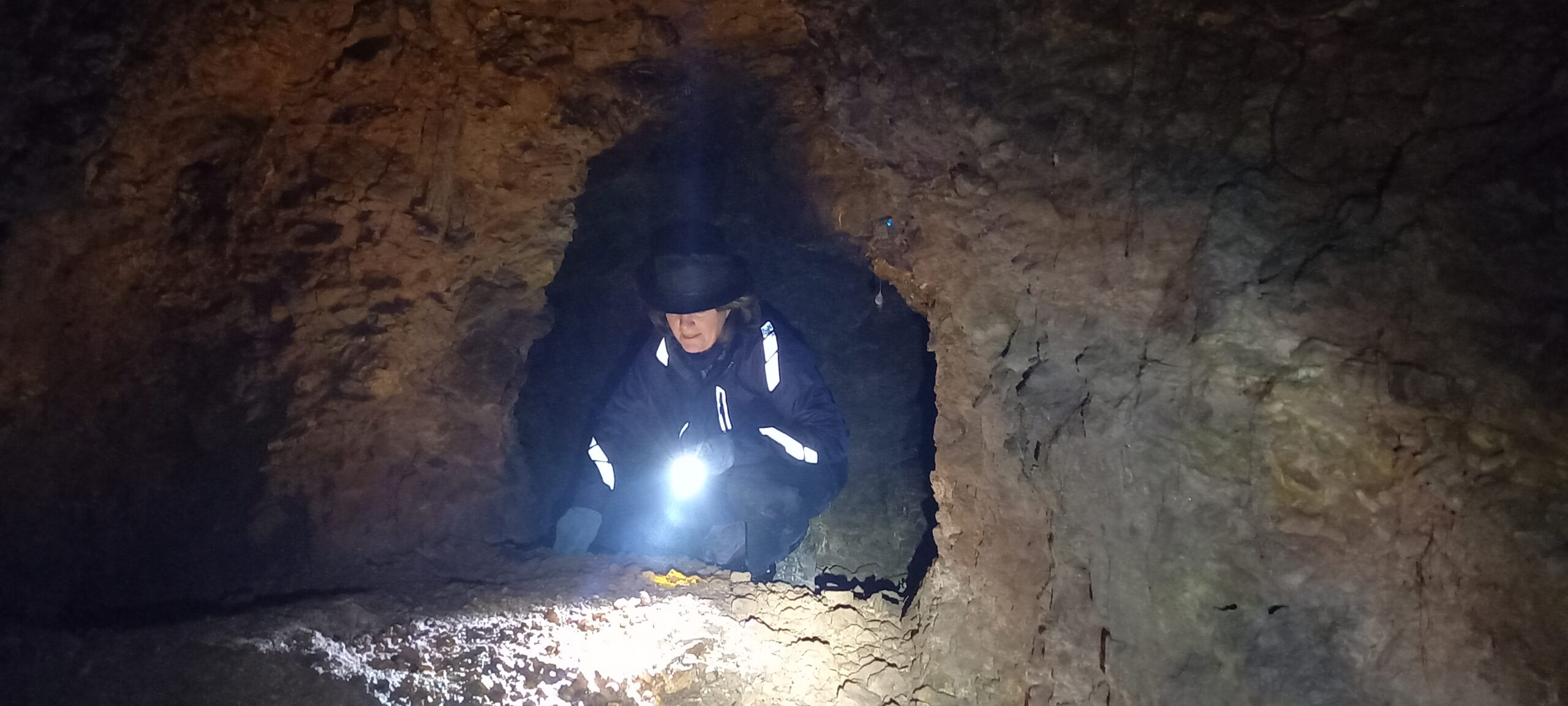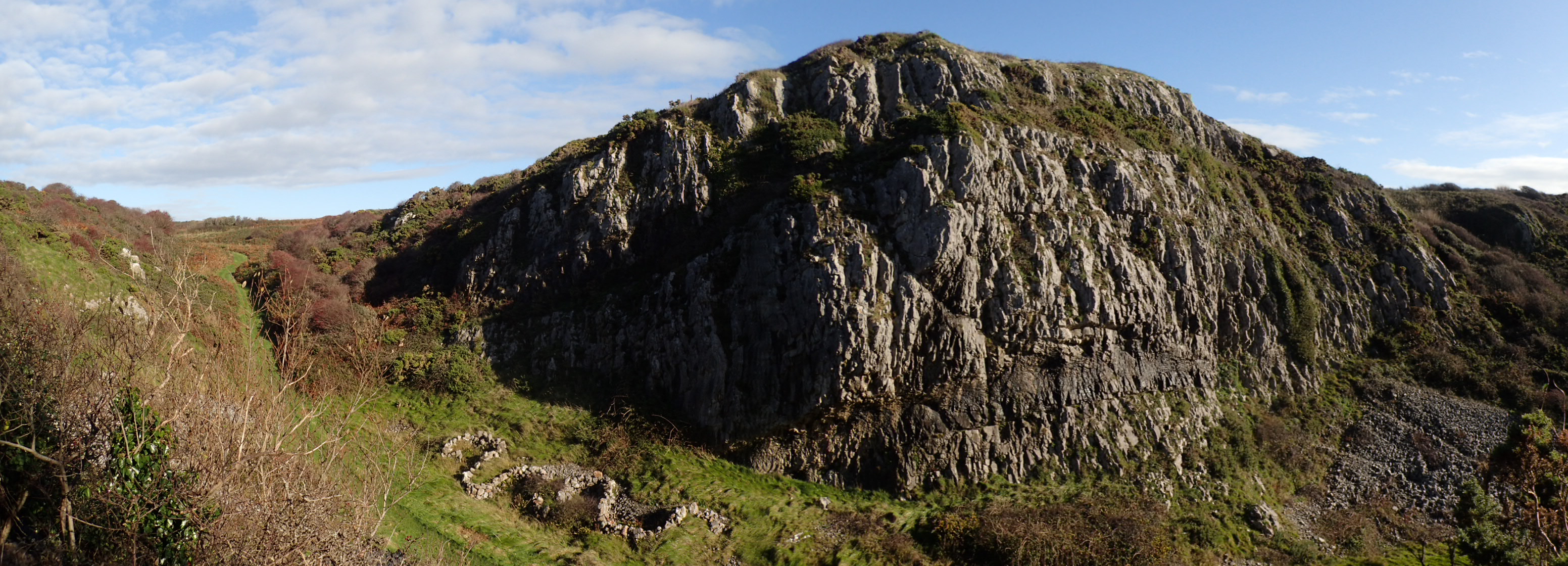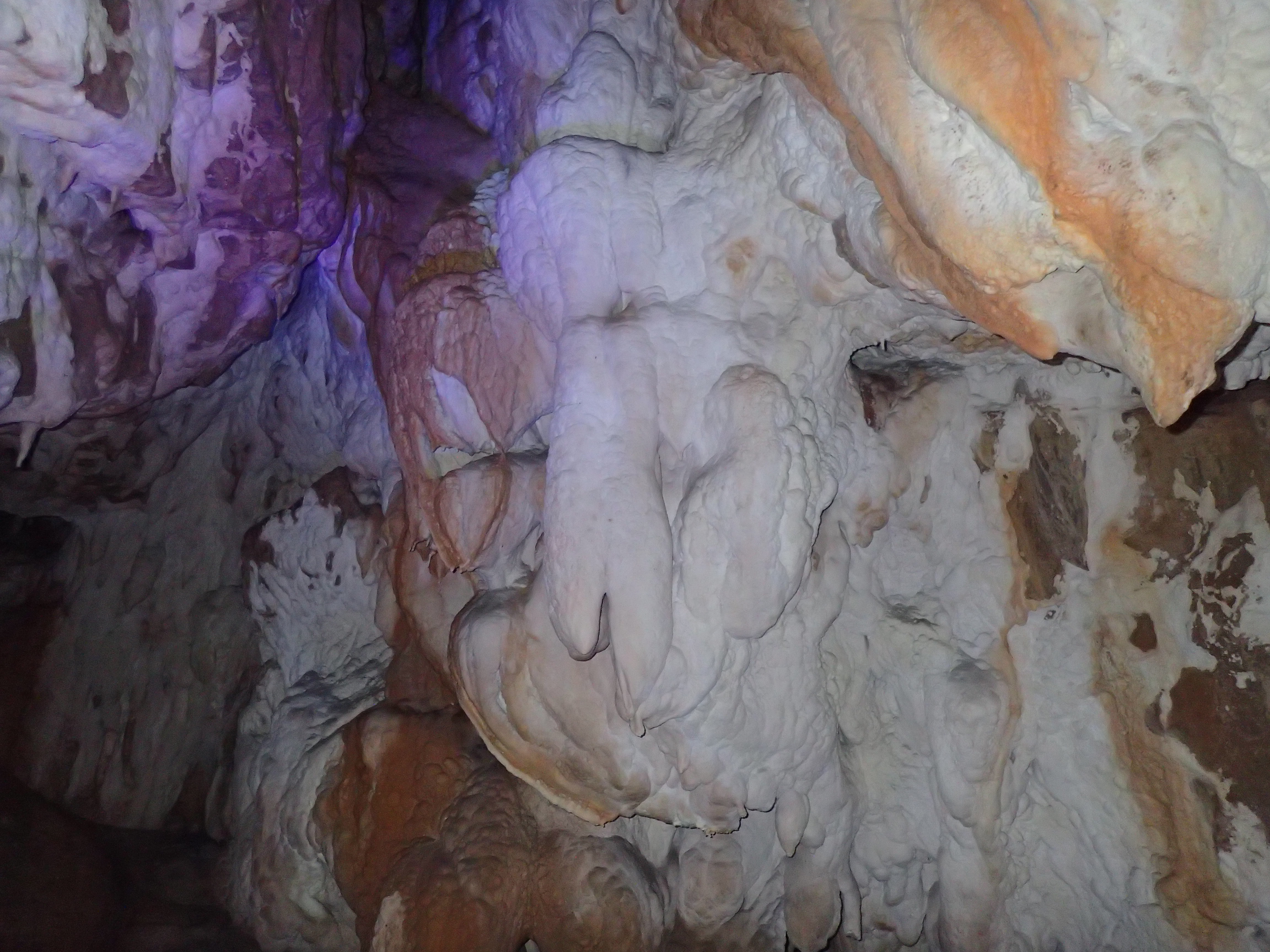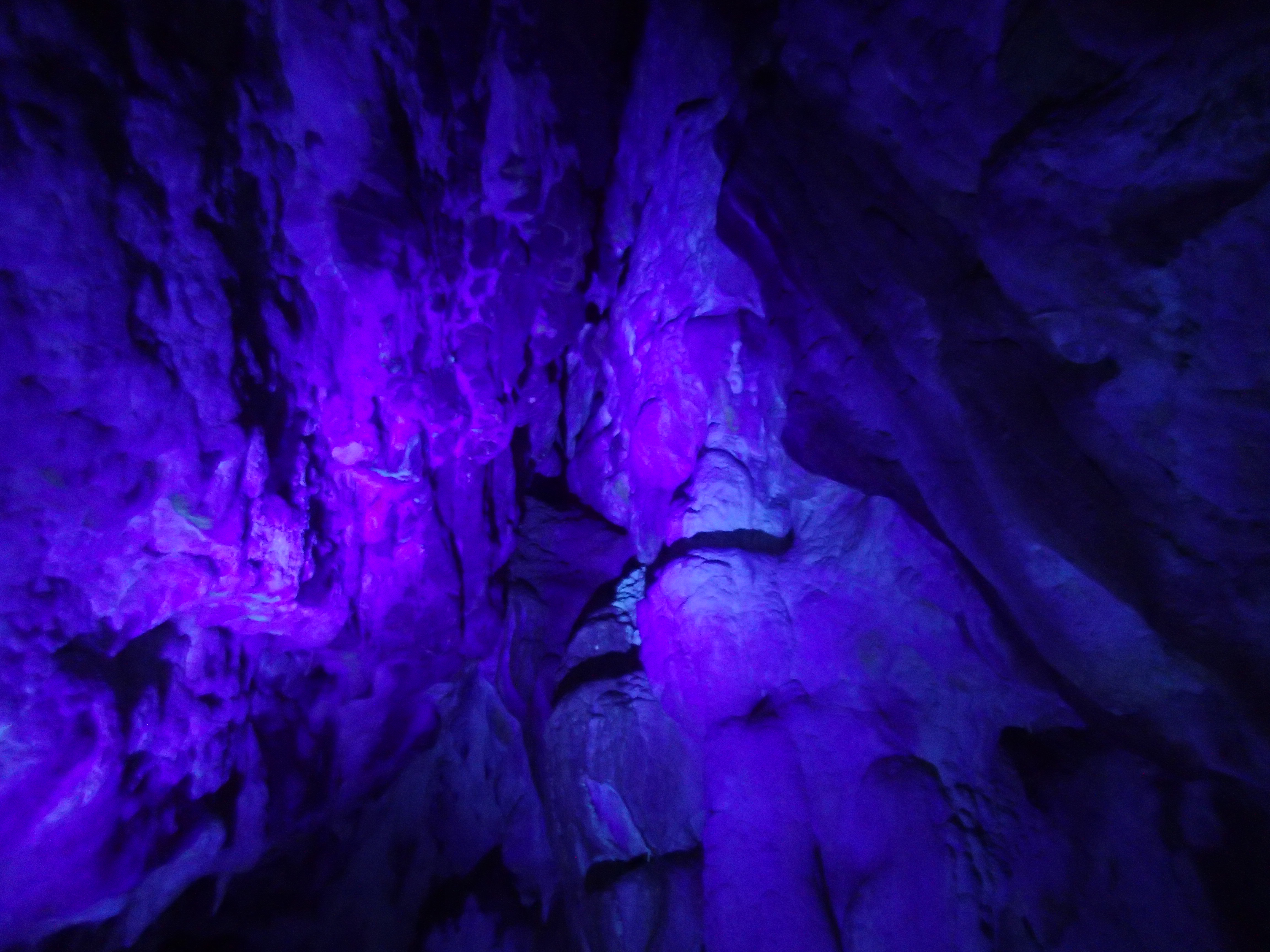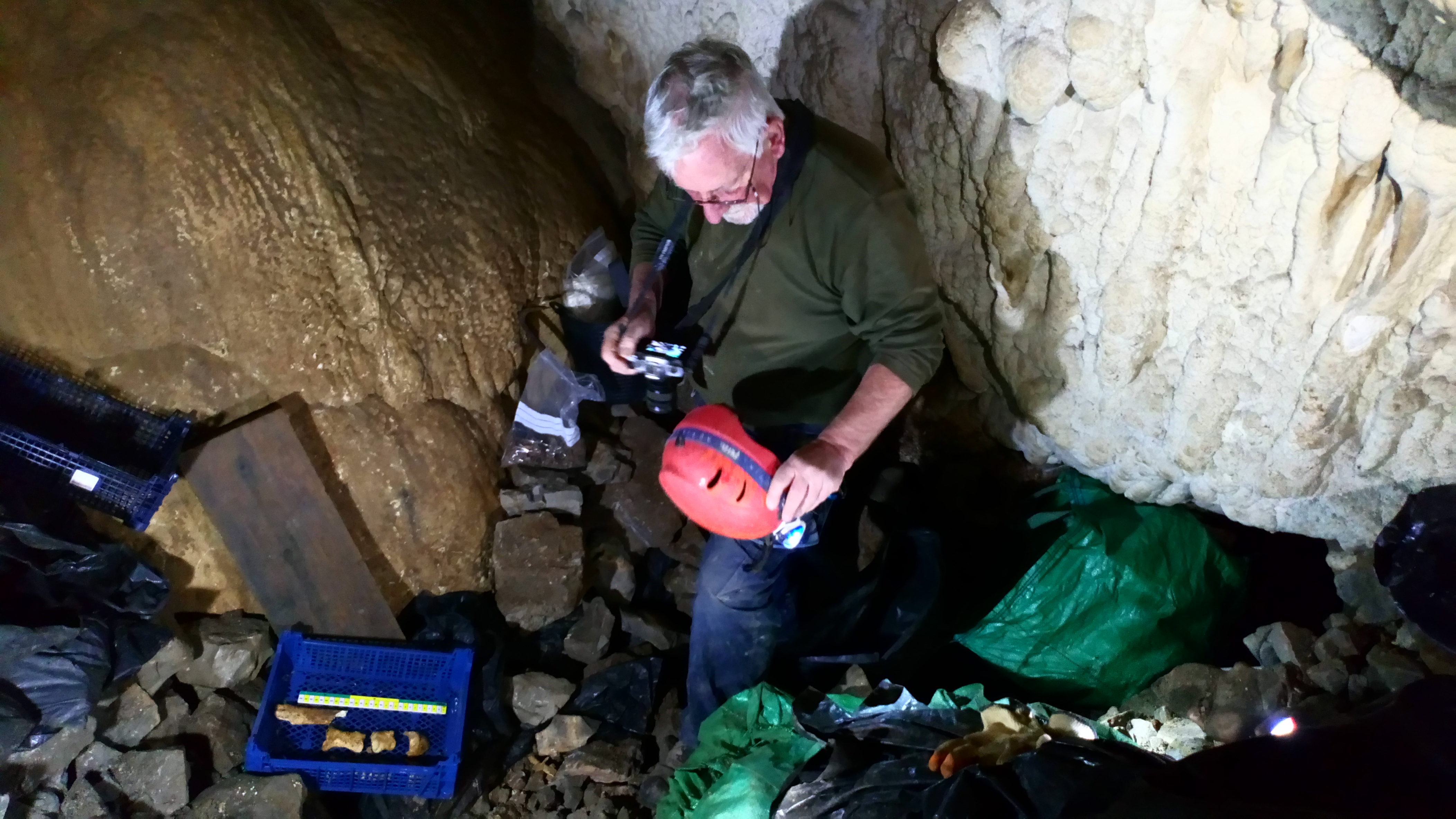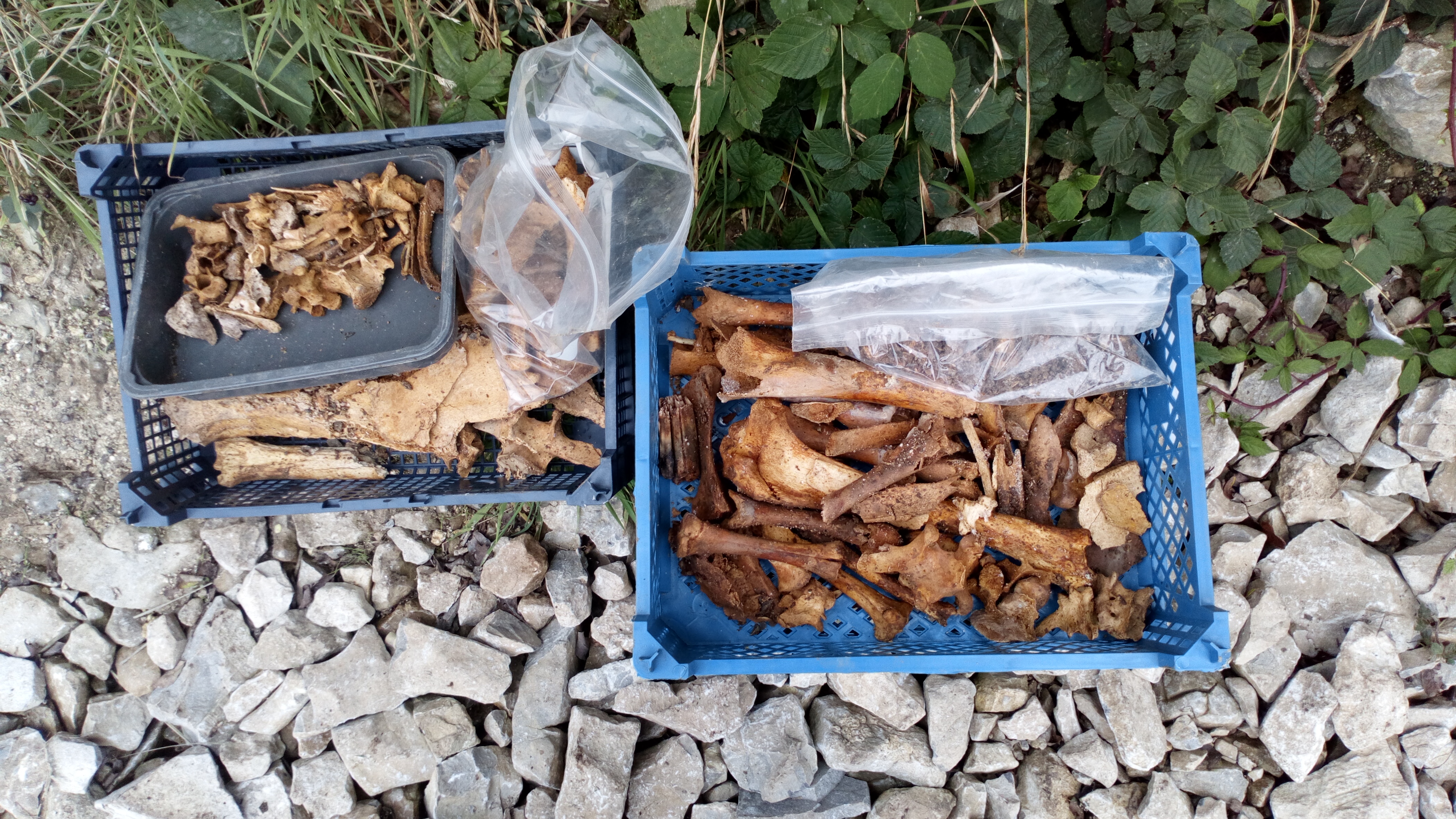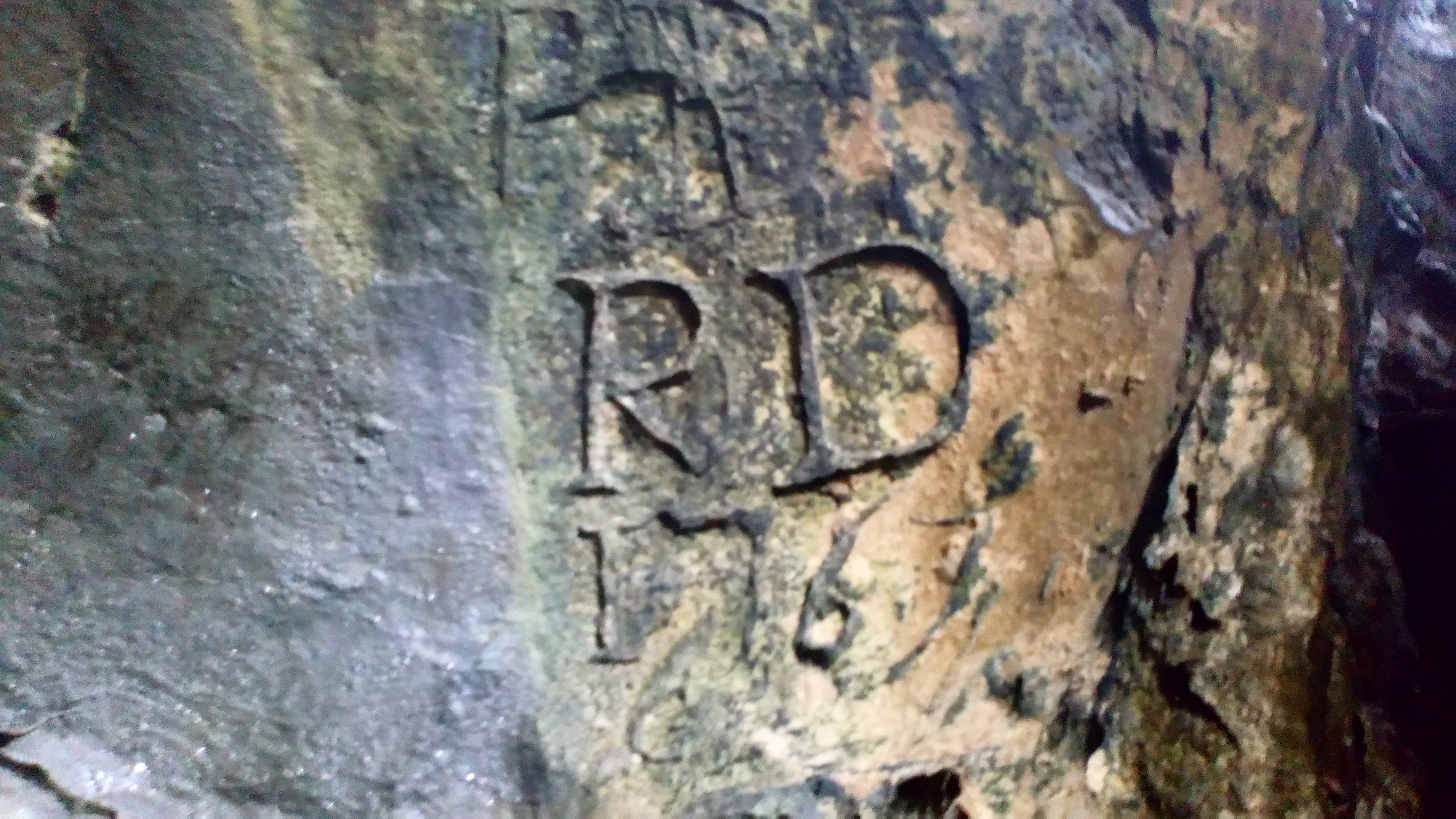The Passages described below, in total, measured 499m and the digging team were judged winners of the 13th J’Rat Diggers Award (all members of the Shepton Mallet Caving Club, SMCC) on the evening of 19th November 2022.

16th October
Well! It has been quite a while since my last visit to Home Close.
With Callum Simmonds, Samuel Hill, Alex Hannam (all SMCC), and Duncan Price
A few weeks ago, I was having a conversation with Callum about Wigmore Swallet. He and his chums from the Shepton Mallet Caving Club (SMCC) had been busy in Wigmore reopening access following a slump in at the entrance and further into the cave the Hernia Pot area. They were keen to find somewhere to dig so I suggested they should have a look at Home Close Hole. I gave Callum my set of keys along with some pointers to some potential dig sites including the “60 metre” crawl and the gravel choke at stream level Nick and me along with others had occasionally scraped at. It was always wet and muddy. After a concentrated digging effort Callum and the SMCC team broke through into a significant section of cave.
I decided to take up Callum’s offer of a tagging along on a survey trip with some of the team to take a look at the recent extensions to the cave. First, I had to sort out some kit (I had given my neo-fleece to Callum to make his digging trips more comfortable) and I had to search for a lightweight wetsuit. I could not find my old ‘surfing’ one but, eventually, found something suitable, all I had to do now was to dig out the SRT kit. Then drove up to Wigmore Farm to meet the others. All changed walked over the fields to the cave, gate open, and down the ladder we climbed. Quickly down the pitch, all assembled and off to the former gravel ‘choke.’ Good effort by the lads to dig through a series of low, wet, grovelling squeezes requiring helmet off and a wet ear. The low section opens into a reasonably lofty rift following a mineral vein with a couple of avens. The avens had some fine clean exposures of conglomerate and several other interesting geological and geomorphological features that might warrant further investigation. At the second aven, a ladder climb leads up into a continuation of the rift (still following the mineral vein, trending approx. north/south) until it appears to close down at a boulder choke. An inspection of the choke plus removal and rearrangement of some rocks revealed a possible continuation that needs following up at a later date. Duncan and Alex surveyed along a low crawl leading to another aven while Callum and Sam dropped a ladder down into a lower continuation of the rift that soon closed down. It will need to be surveyed. I occupied myself enlarging an awkward wriggle around a bend in the low, meandering crawl before we all headed up to join Duncan and Alex in ‘Crown’ Aven. So named due an interesting chert/silicified feature at floor level. From the aven, several lengths of scaffold tube were dragged through the crawl to the rift, these might be usefully employed in the end choke. That was it really, so we made our way out of the cave back to the surface. A fine trip and well done to the diggers for the effort.
Surveyed length of passage c.325m, a significant find indeed!
17th November
Back again to look at another discovery by the youngsters, this time down in the Wigmore section.
With Nick Hawkes, Duncan Price, and Max Fisher
09:00 meet at the farmyard. Various bits of kit were decanted into bags to make a 4-way split. The plan was for Max and Duncan to install staples up the climb to the new stuff above Slime Rift. Nick and I were going up to have a look at BFC (Big Fucking Chamber) and postulate on its origins. Mostly steady paced trip through HCH to the pitch although I did think this section could do with a clear-out of tat and crap. Down the fine pitch and along the crawl to the Wigmore connection. Wet through Young Bloods Inlet (water levels were reasonably high following recent rain), up over the Generation Game and down to the excellent stream passage to Slime Rift. Max and Duncan got on with their mission, me and Nick climbed up to BFC. It was a much longer climb than expected amongst a jumble of large boulders and blocks seemingly held in place by copious amounts of mud. There are several mineral veins present and frequent faulting. We arrived at our destination, and it is indeed a “big fucking chamber”, very impressive (dimensions c.40m x 20m).
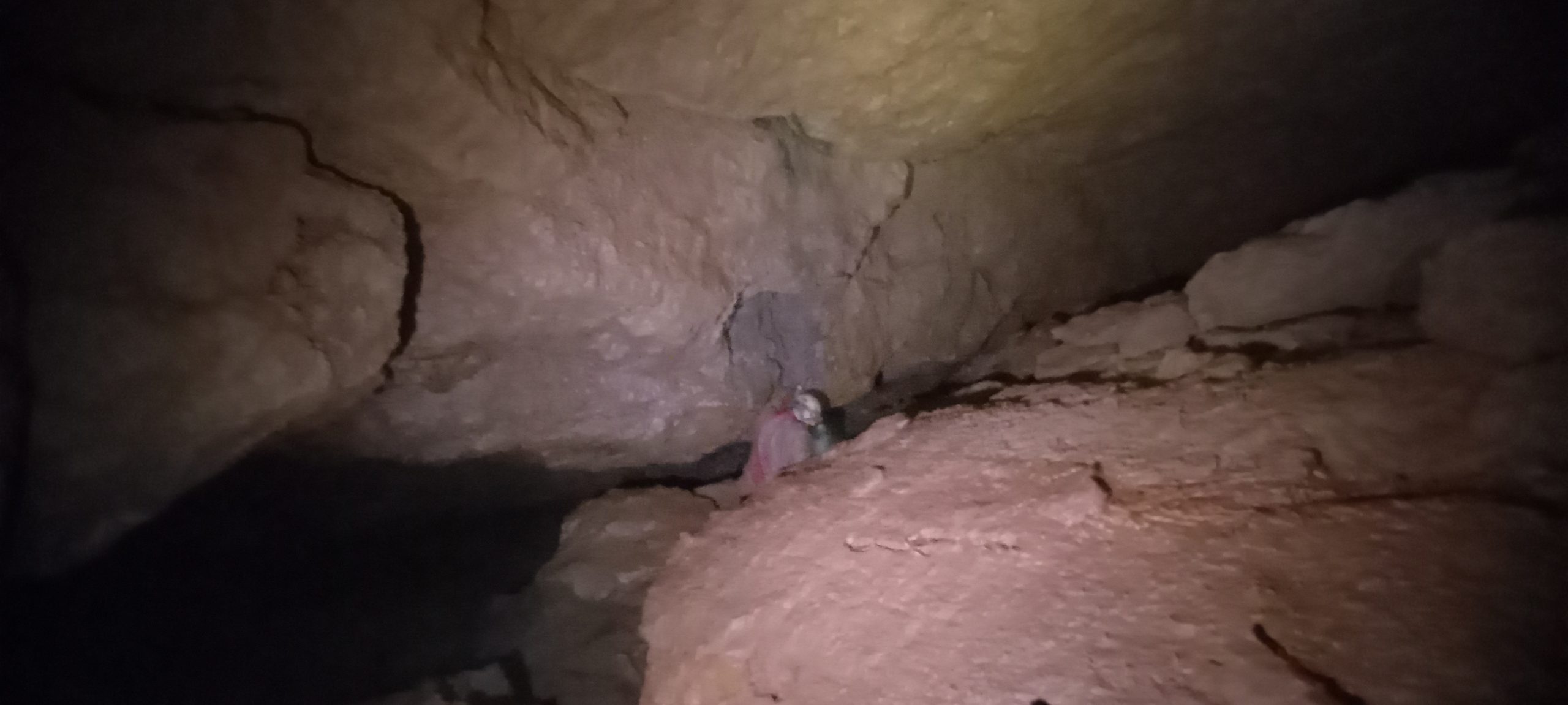
A domed, arched ceiling span criss-crossed by mineral veins, above an expanse of fallen blocks of [mostly] conglomerate with plenty of red fine sediment (silt and clay). There were boulders of calcite (including dogs tooth spar) here and there too. The large breakdown chamber has been formed along the unconformity between Carboniferous limestone shales and Triassic conglomerate. A small pocket of possible cryogenic calcite was photographed and sampled. My efforts to take photos of the wider chamber were largely unsuccessful. The chamber was filled with steam, and I had insufficient lights to fully illuminate the wide expanse. An excellent find.
Nick and I finished looking around climbed back down to join Max and Duncan, who had just completed their task. We tried out the staples and found them to be satisfactory. Time to exit the cave. It had been a very good trip.
